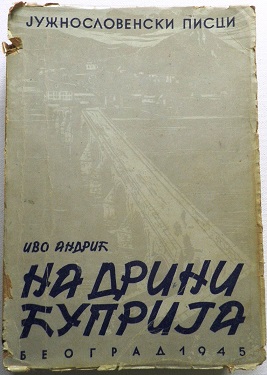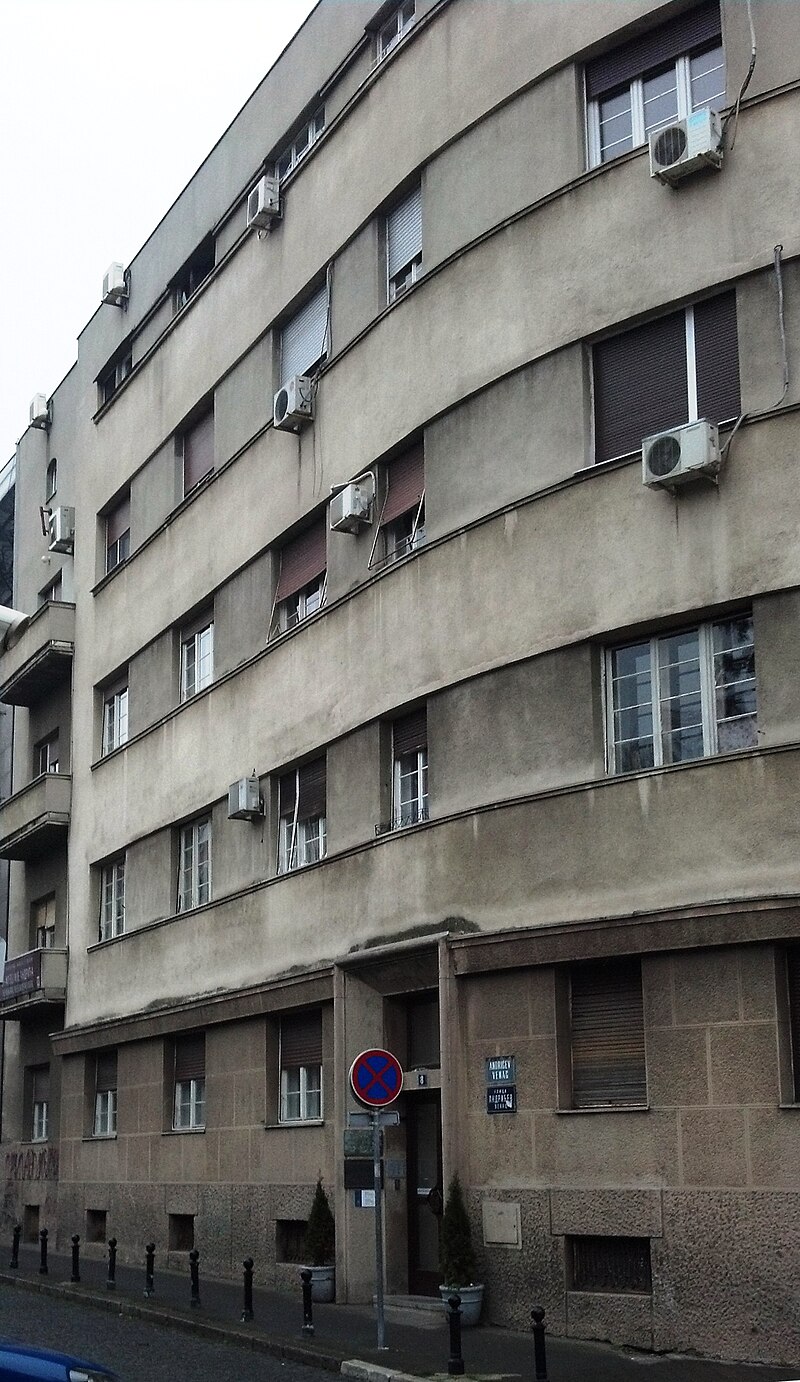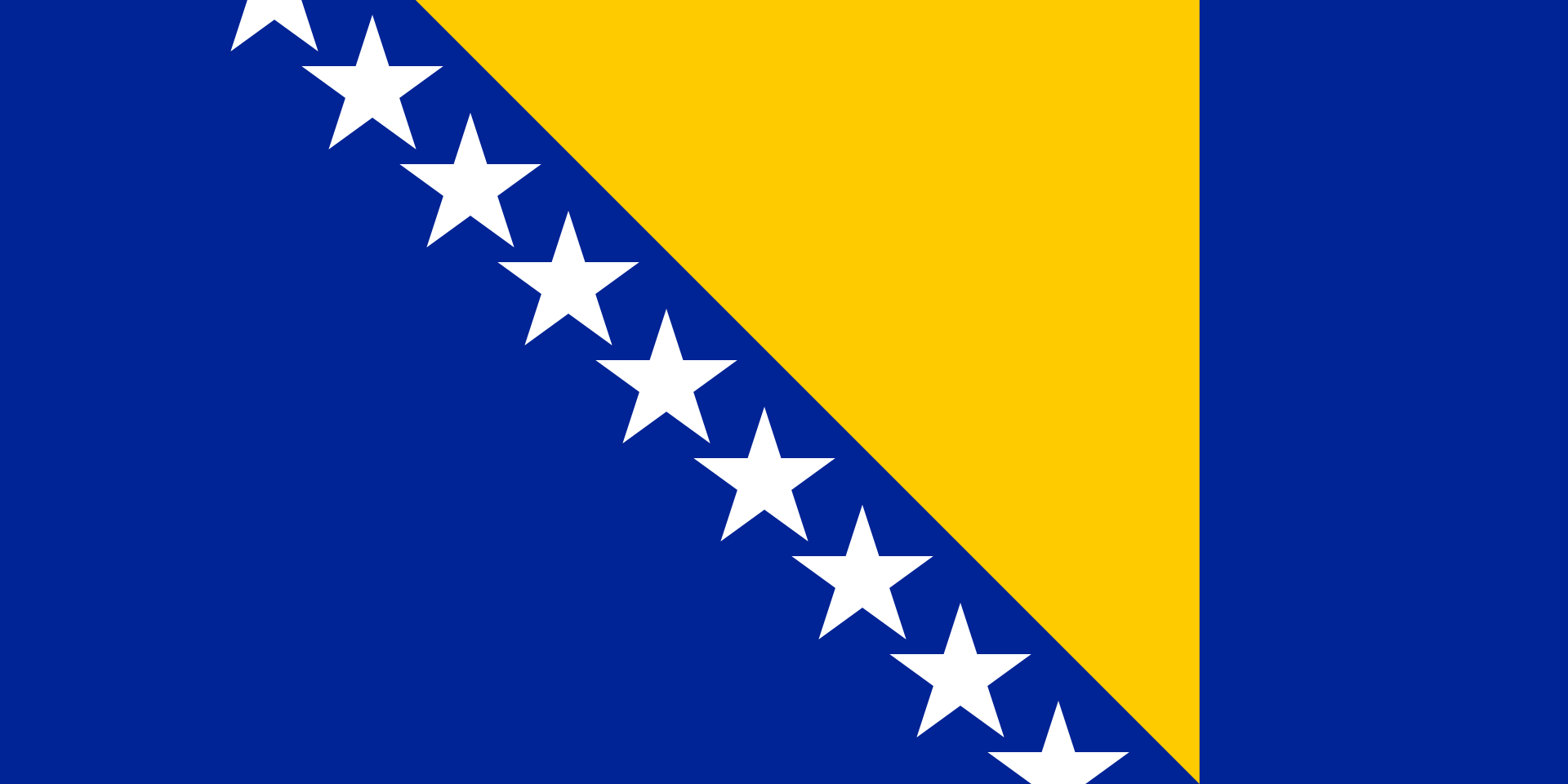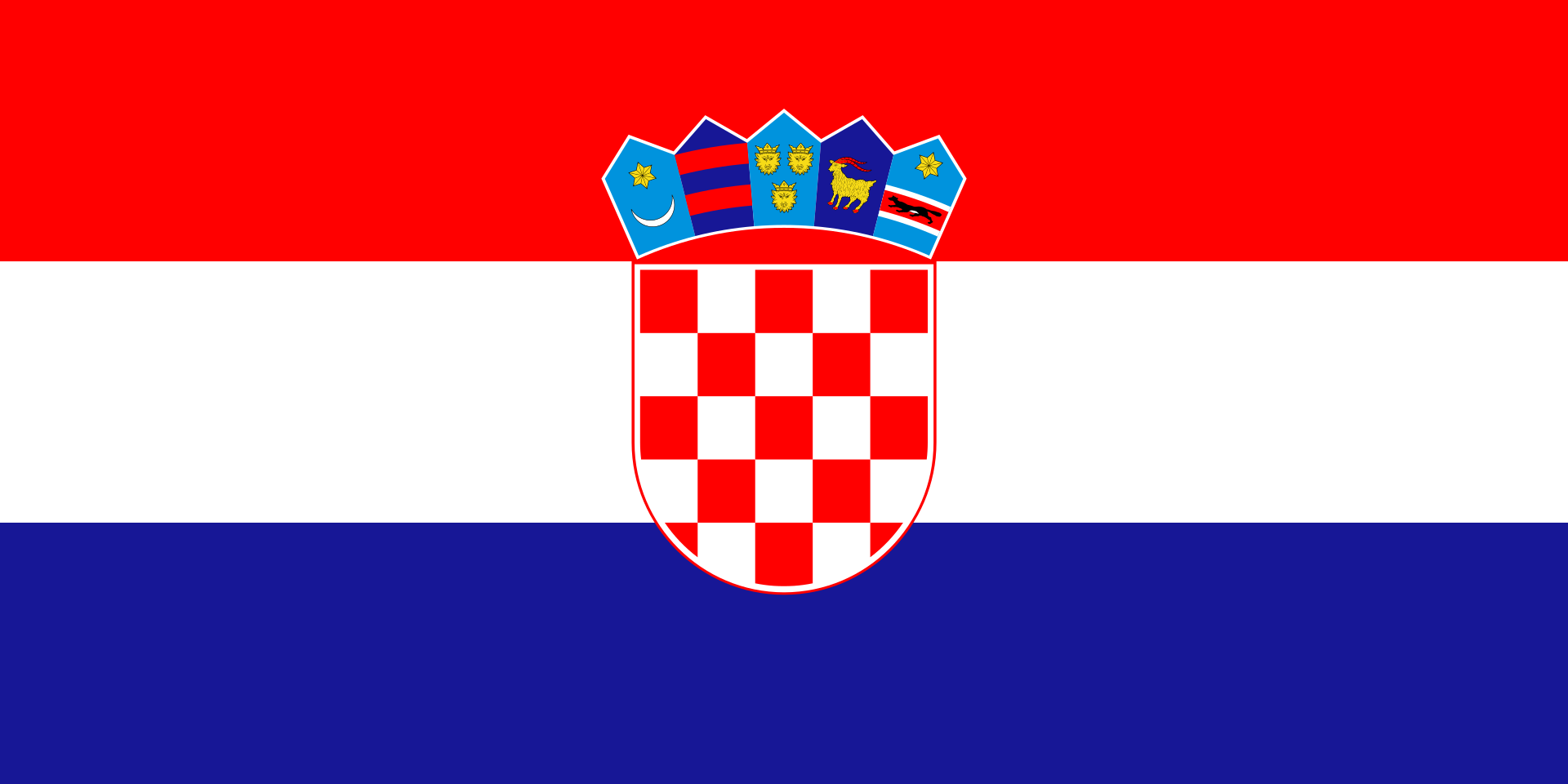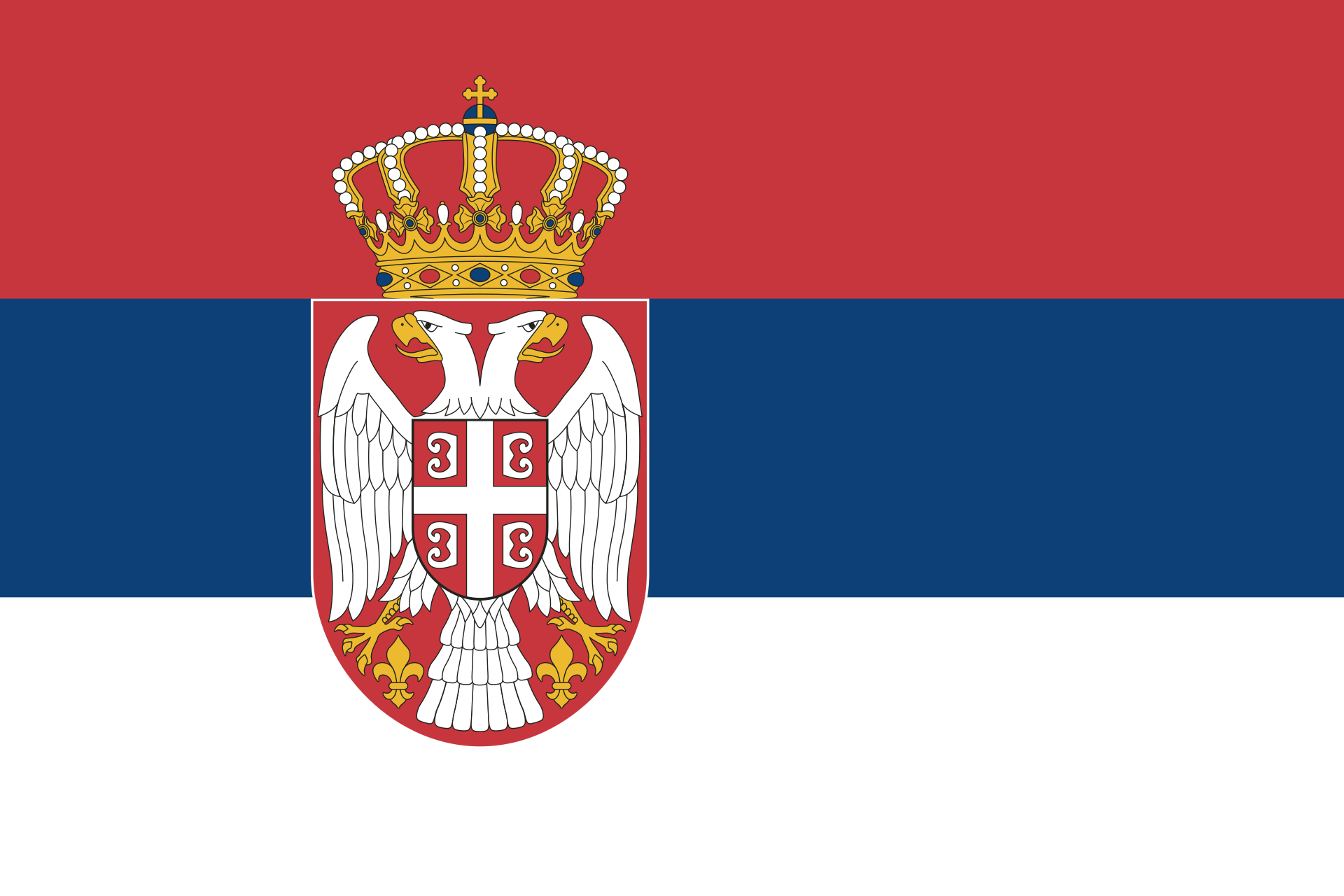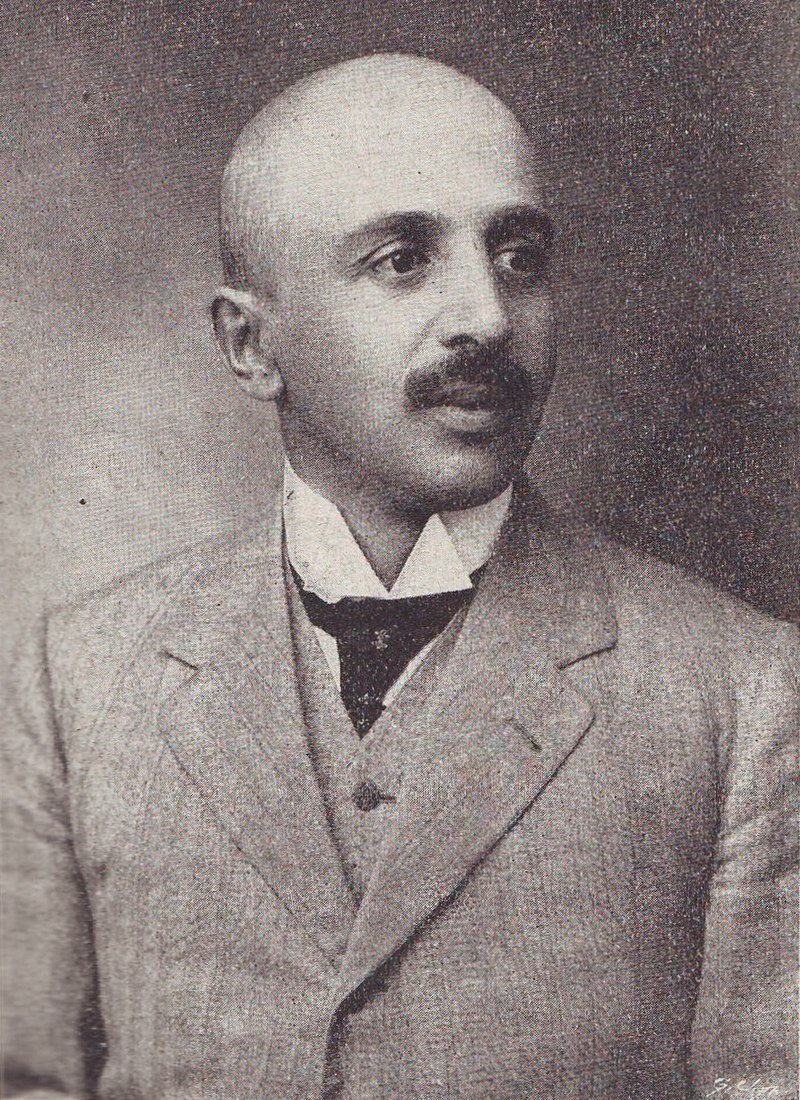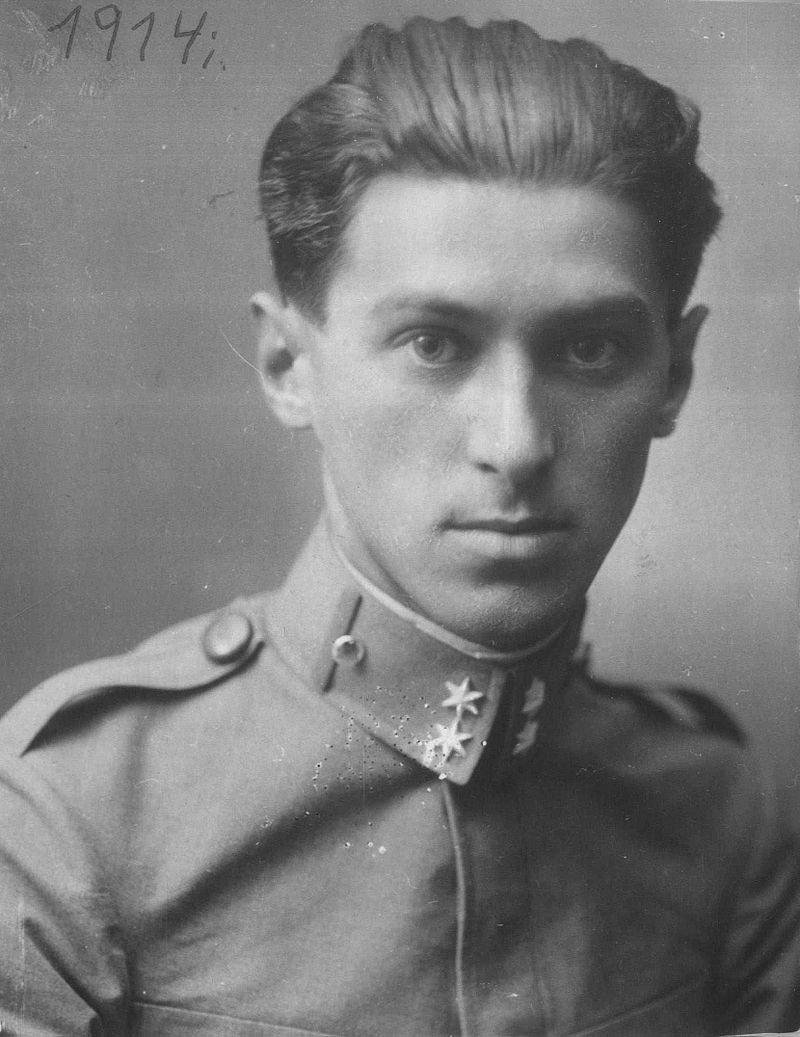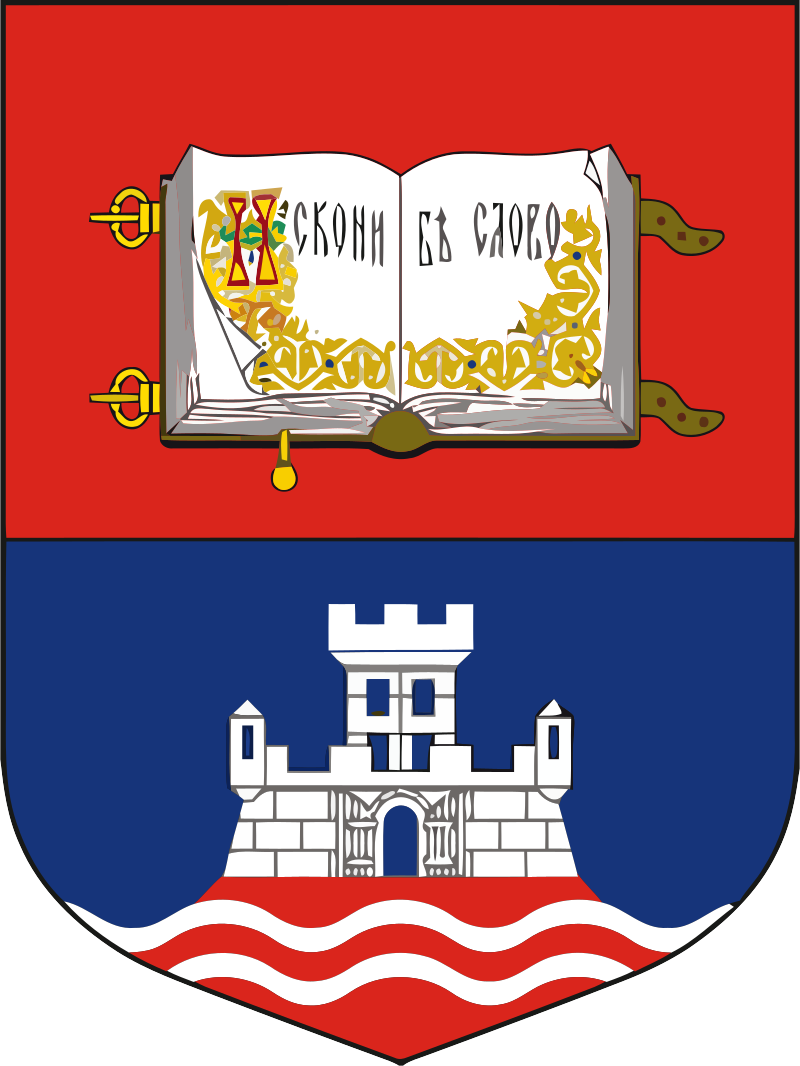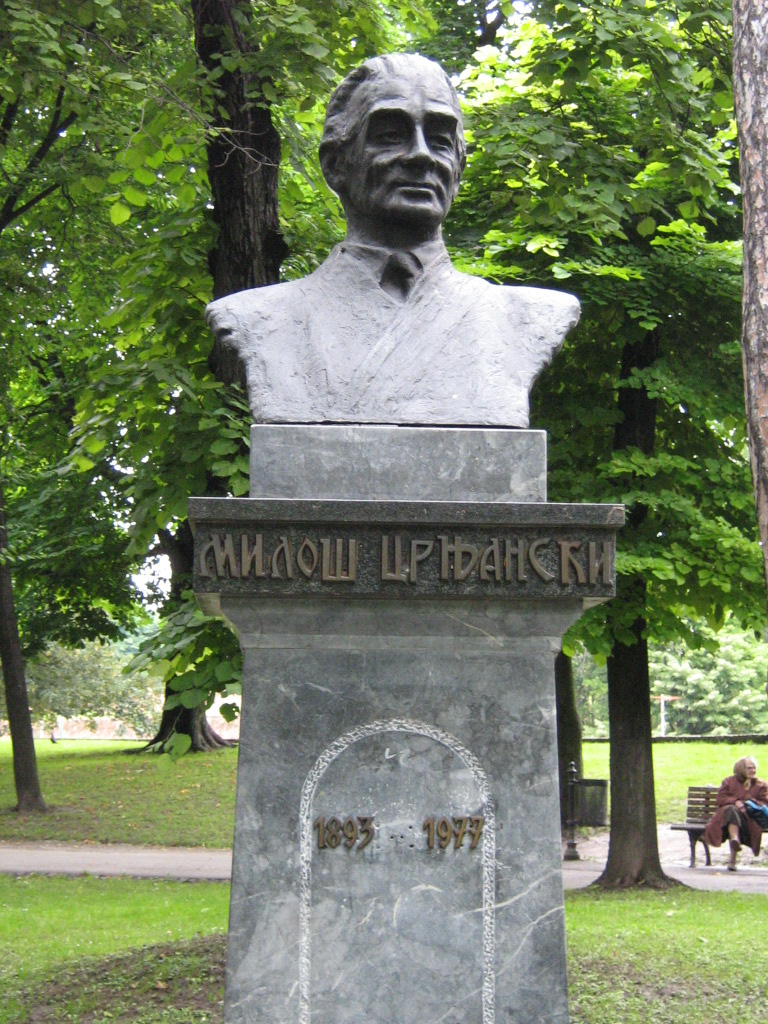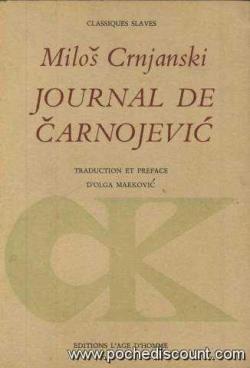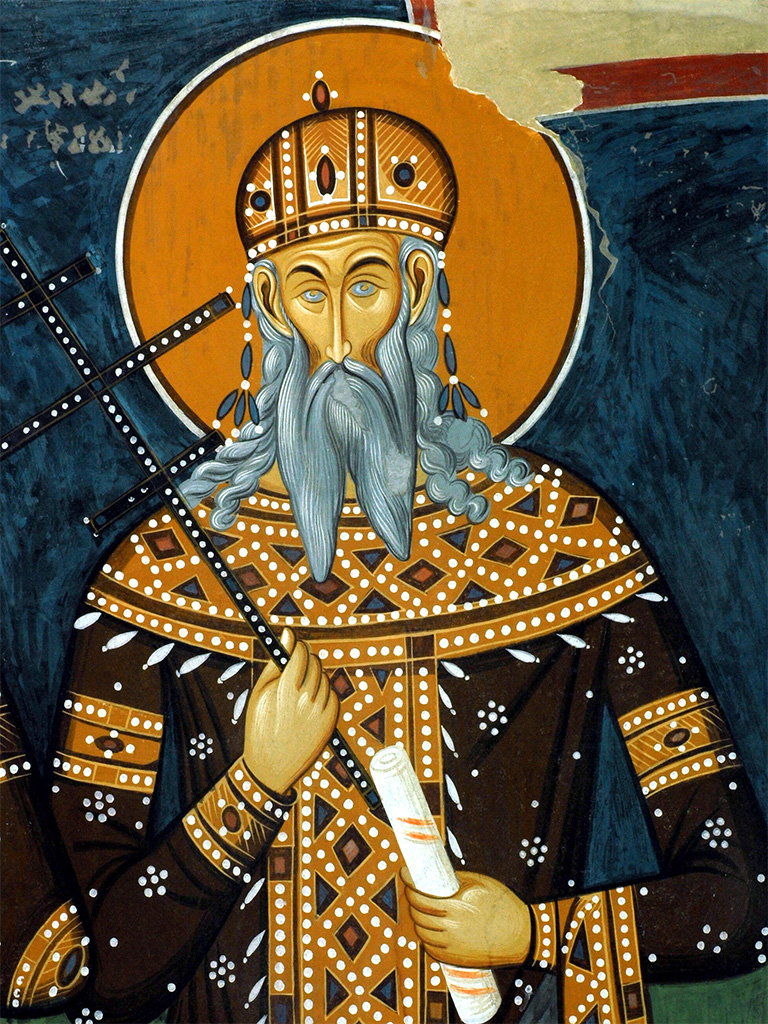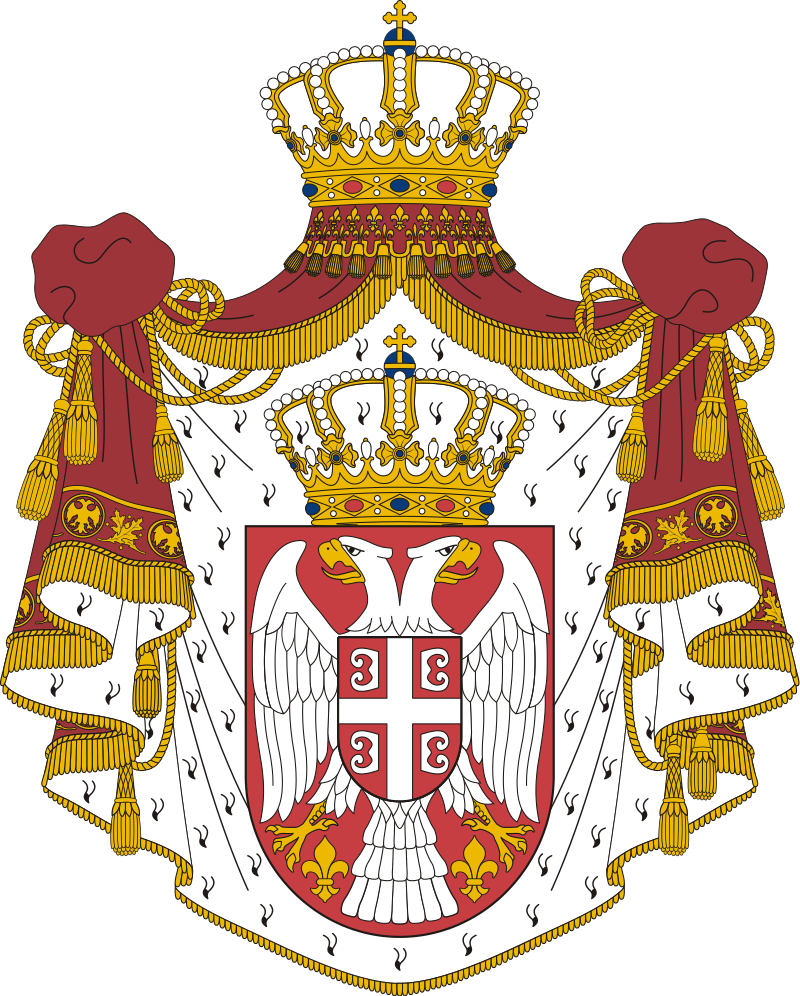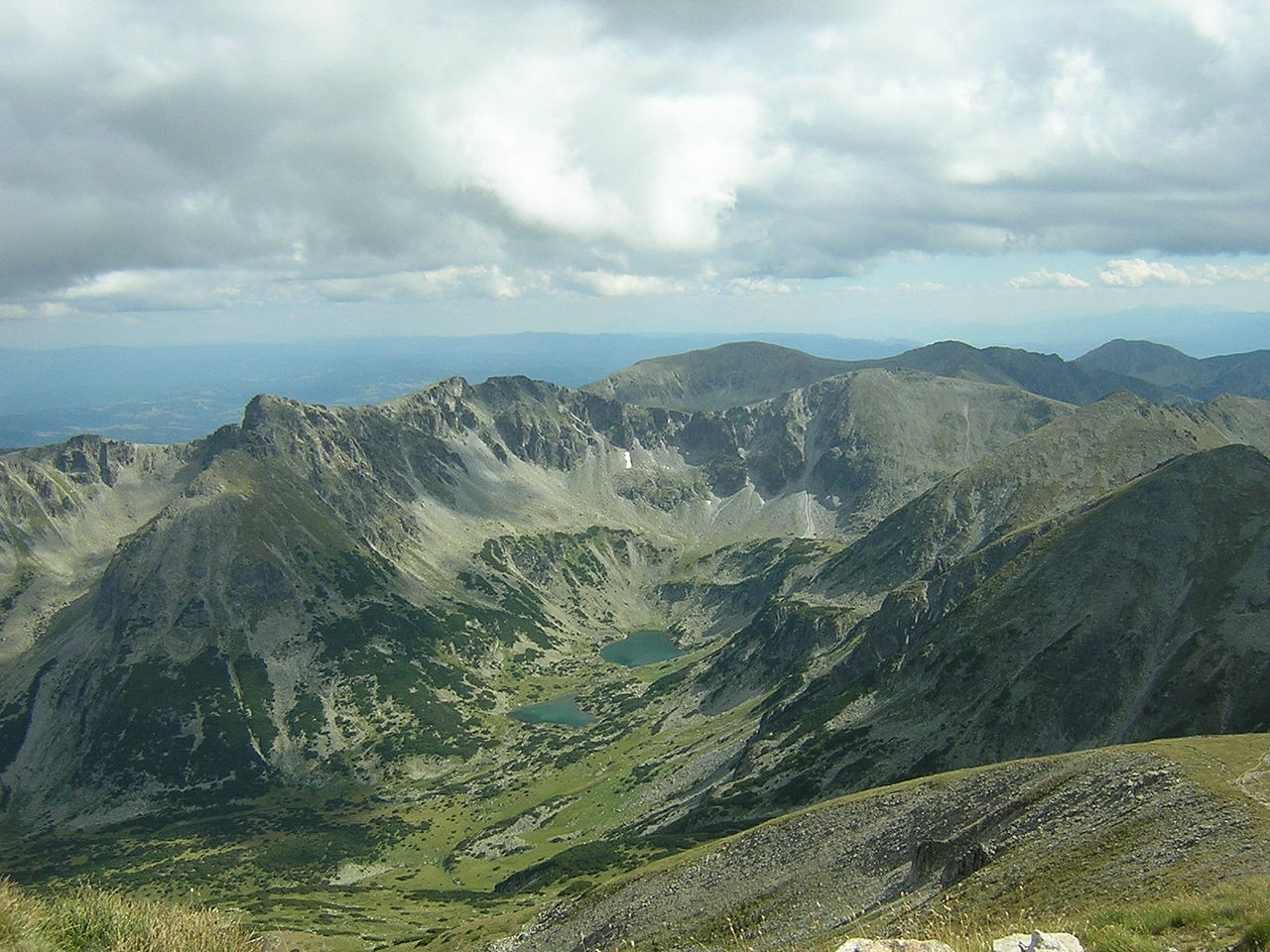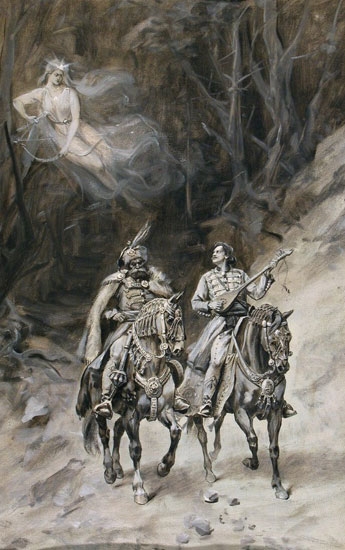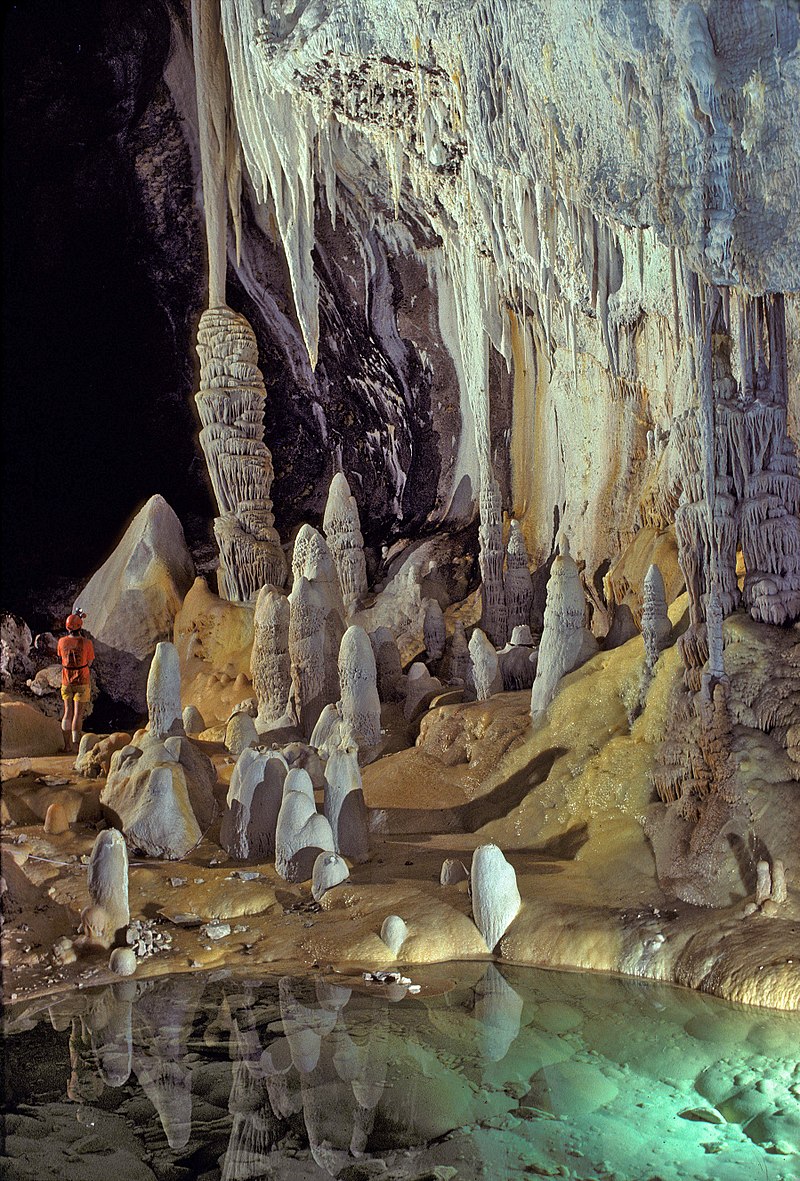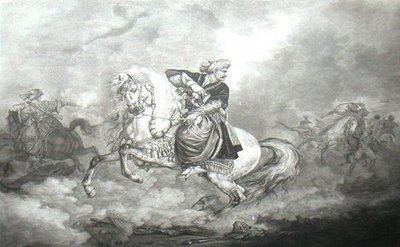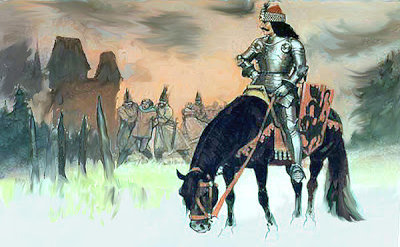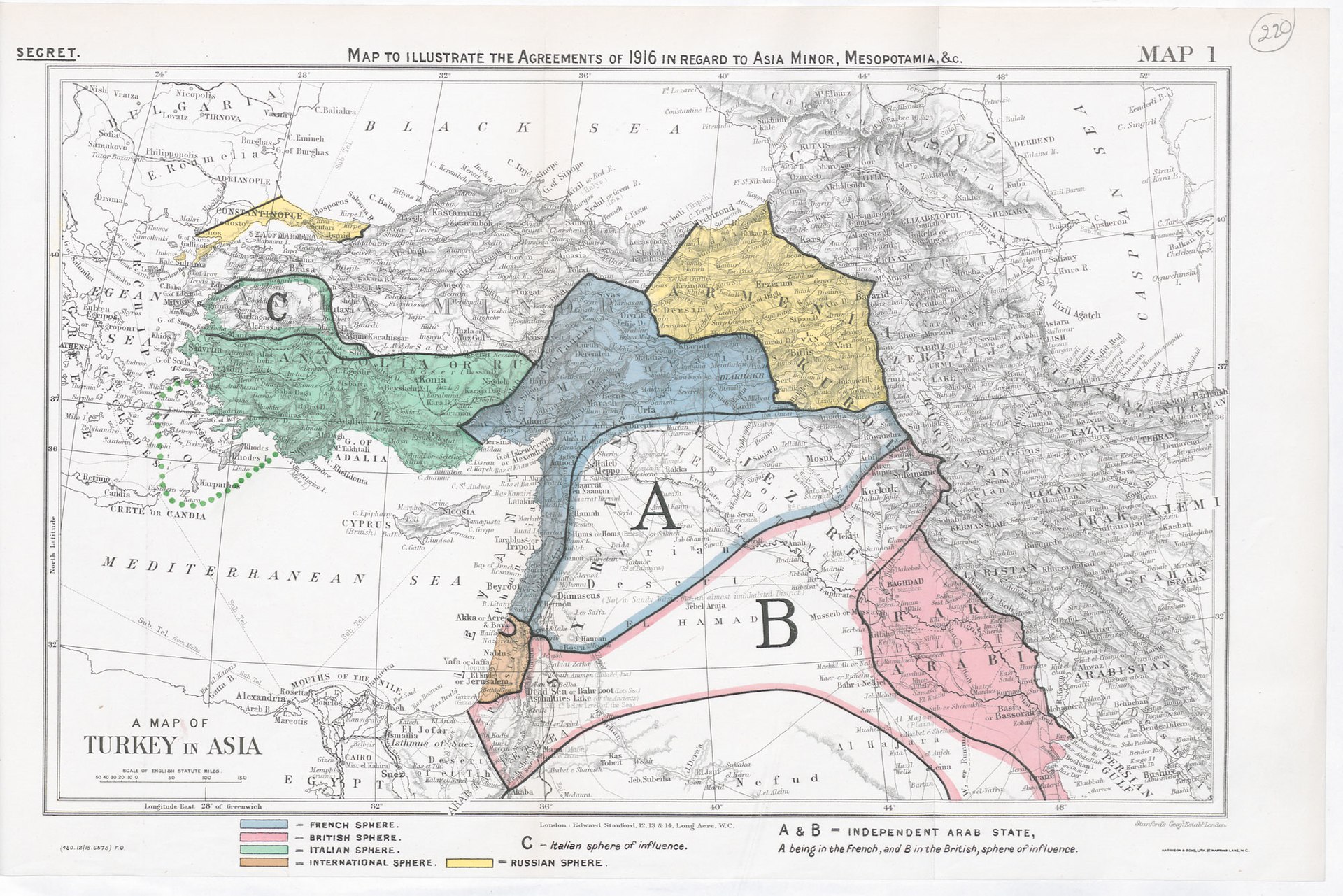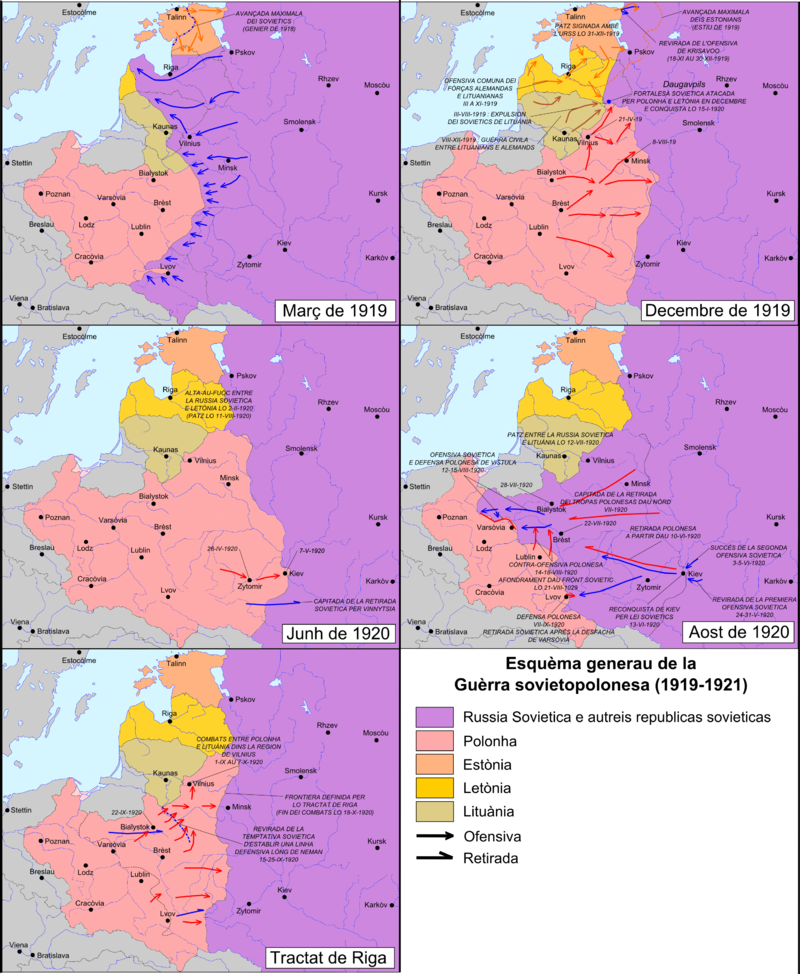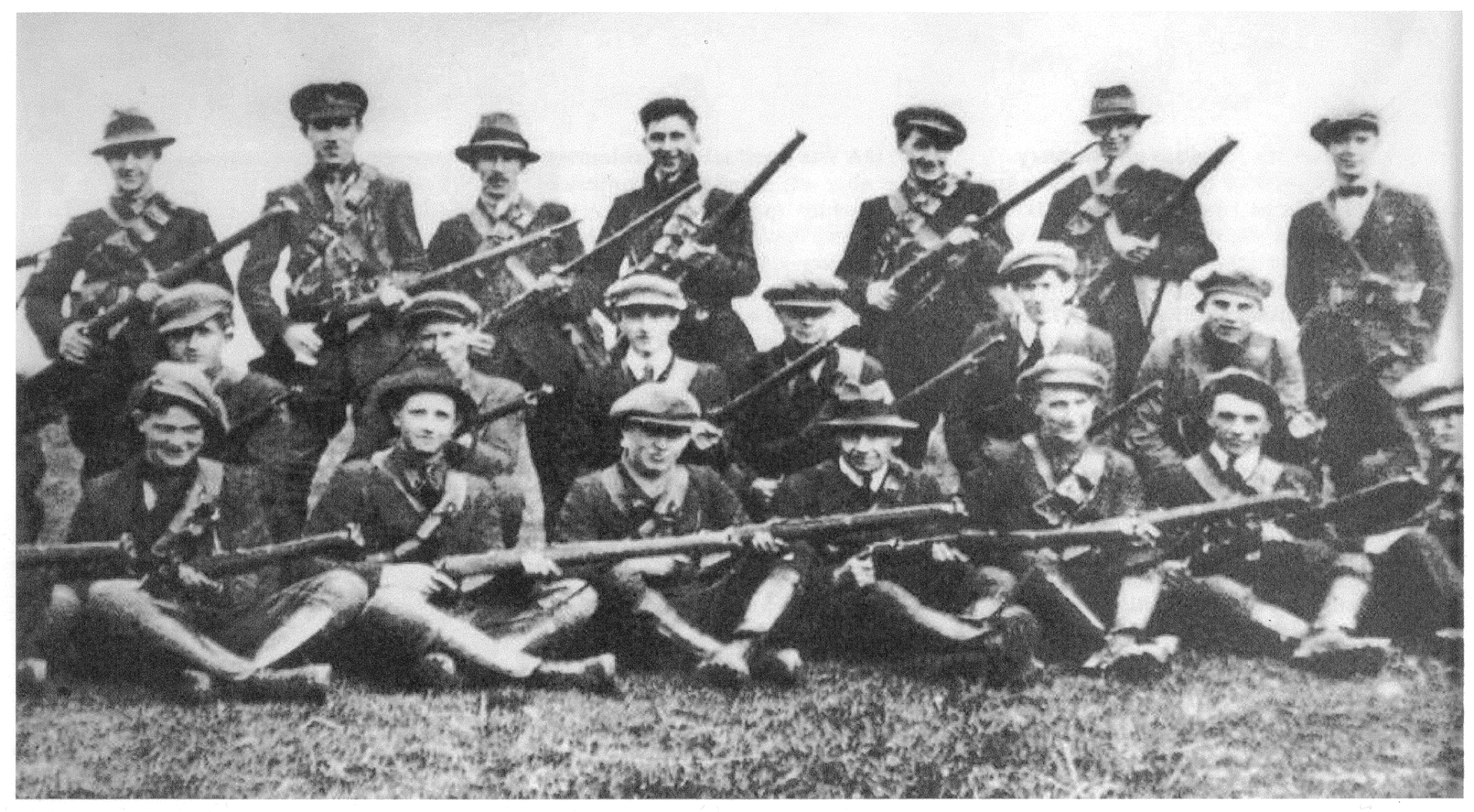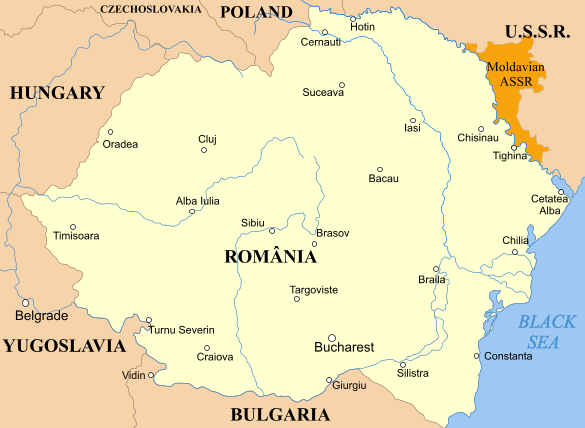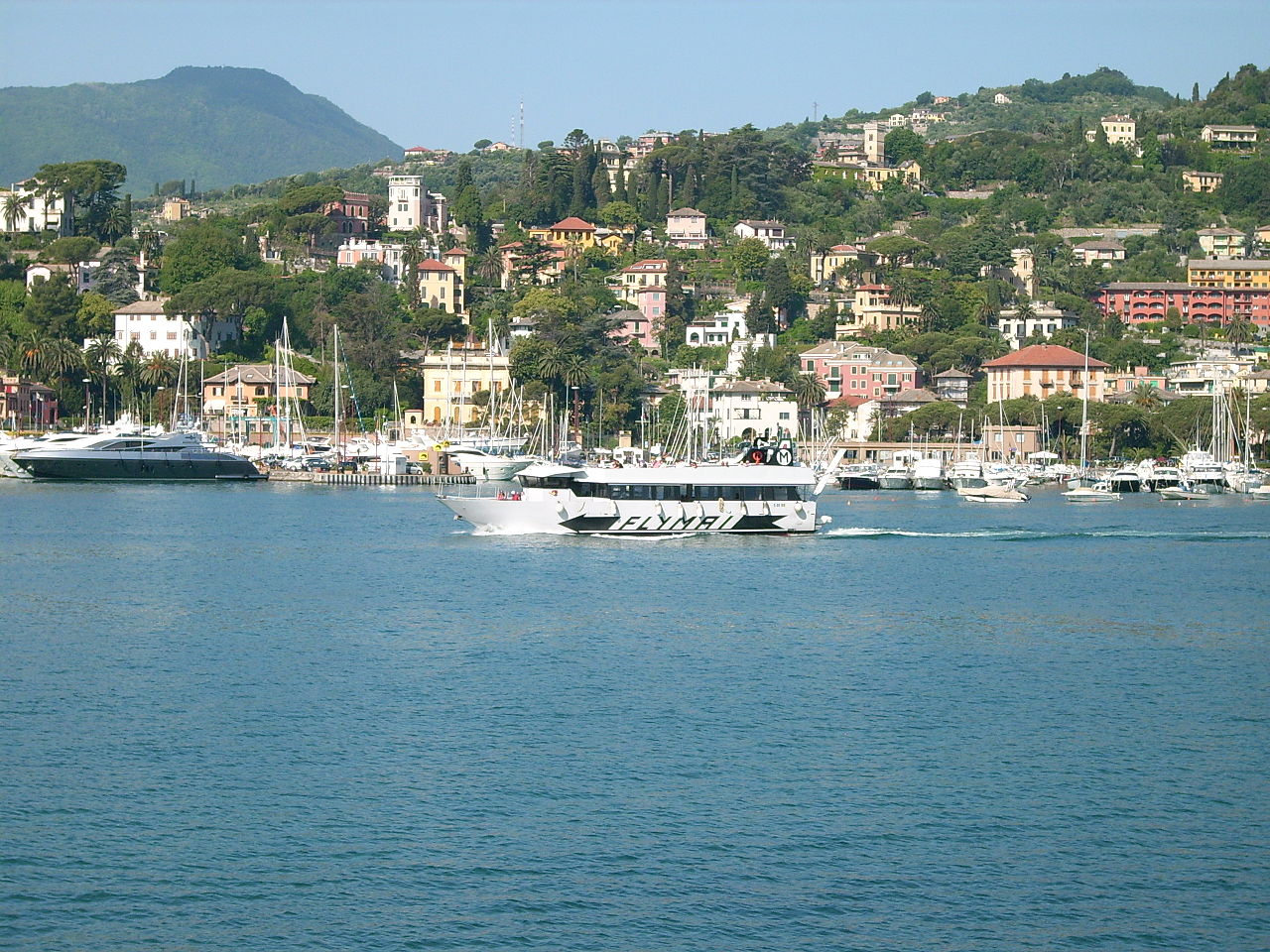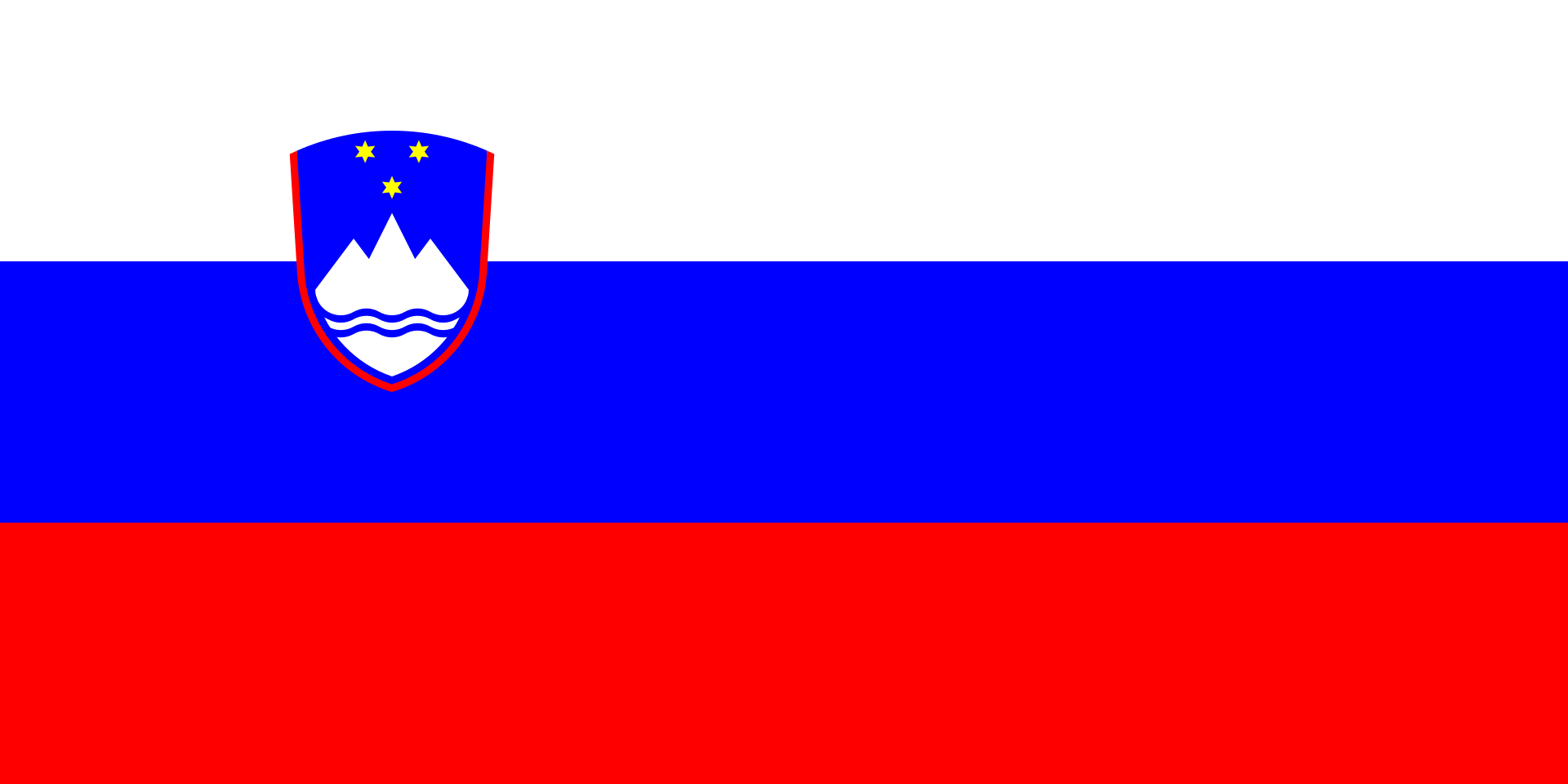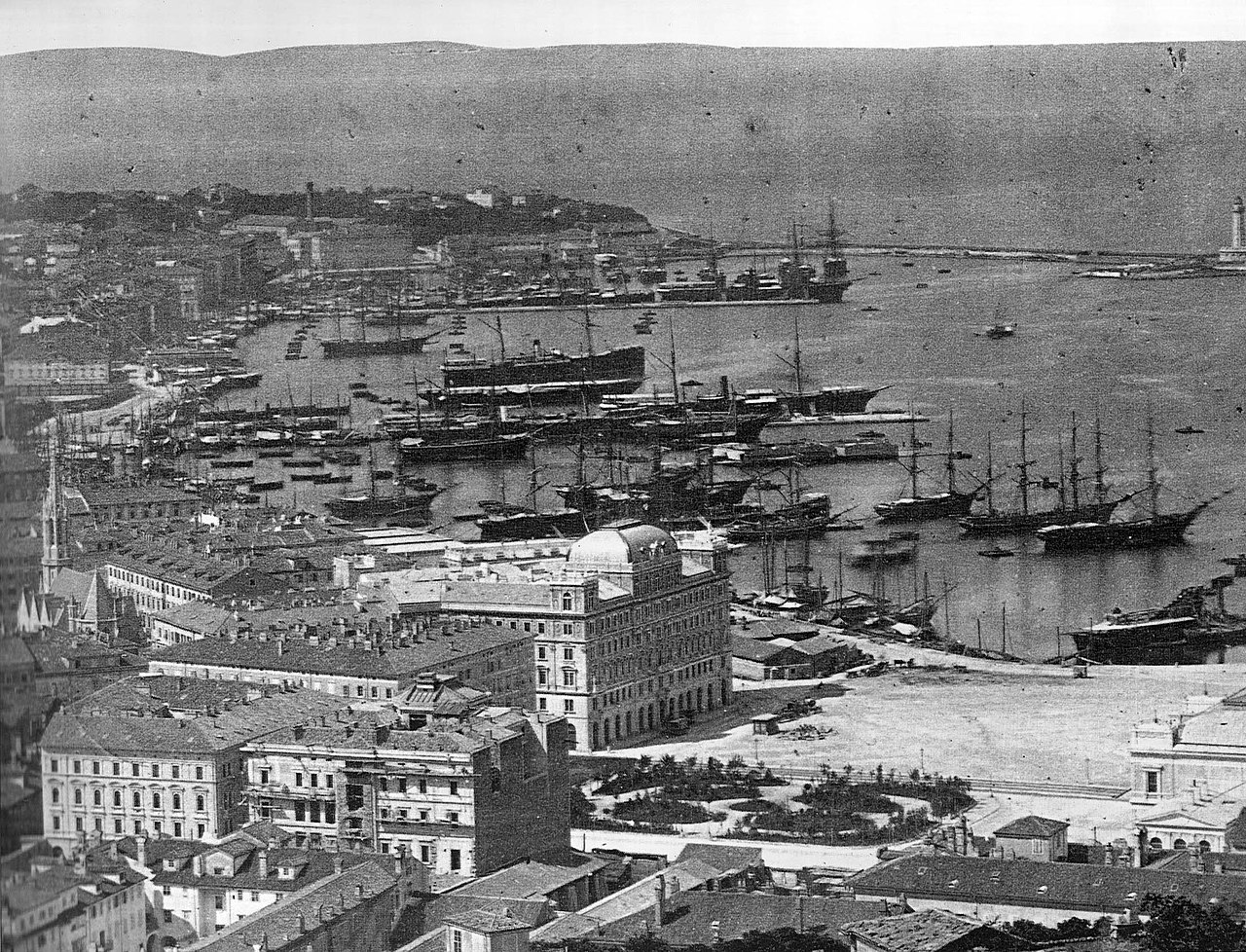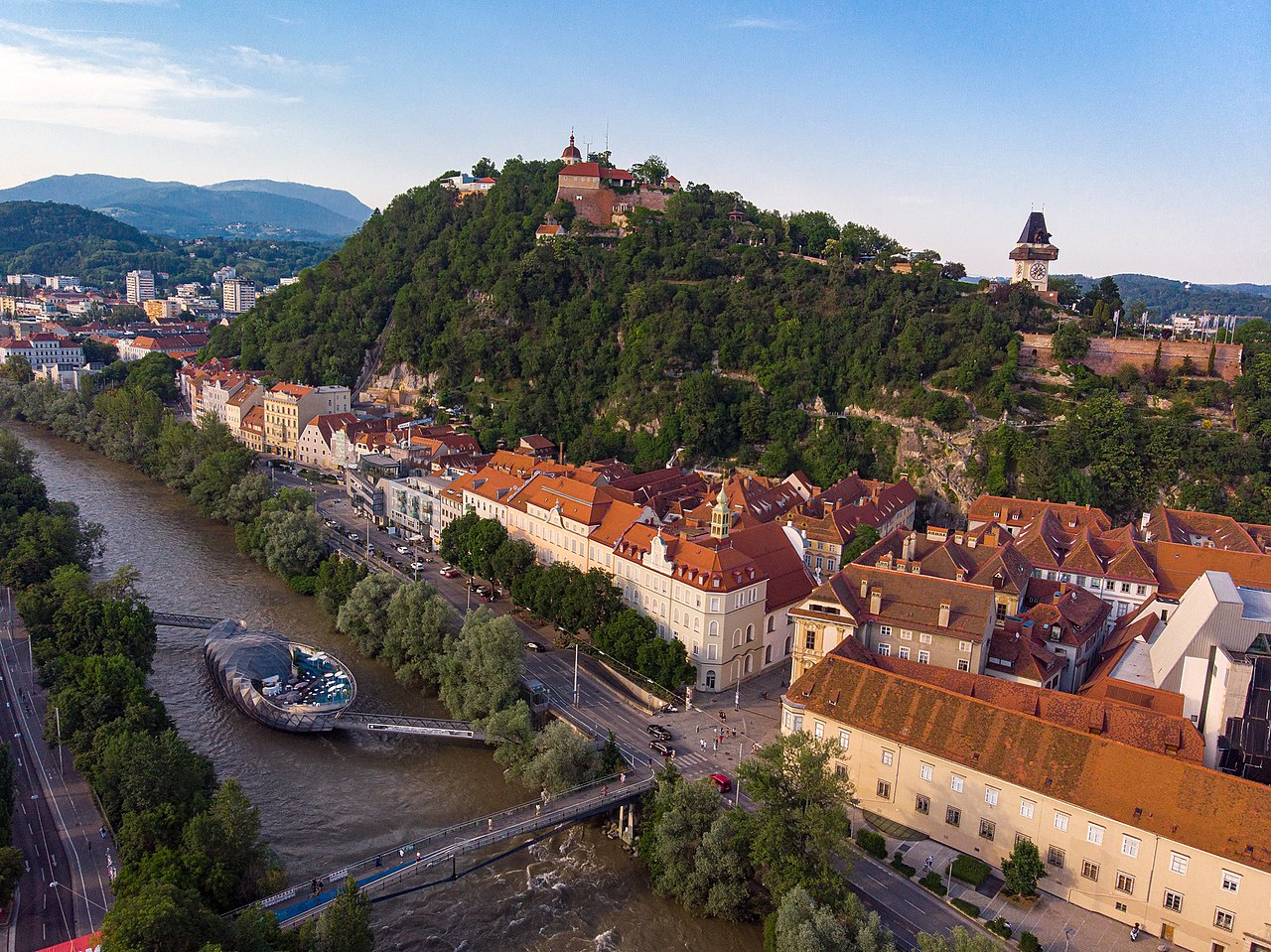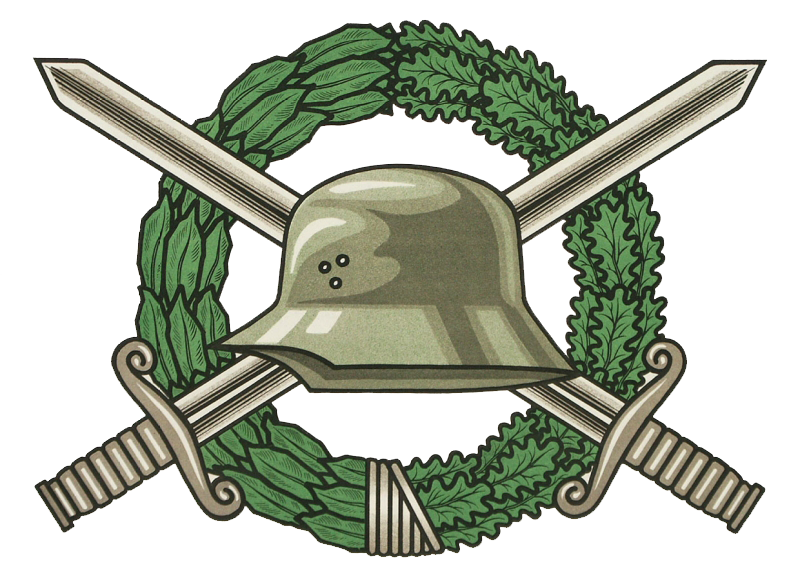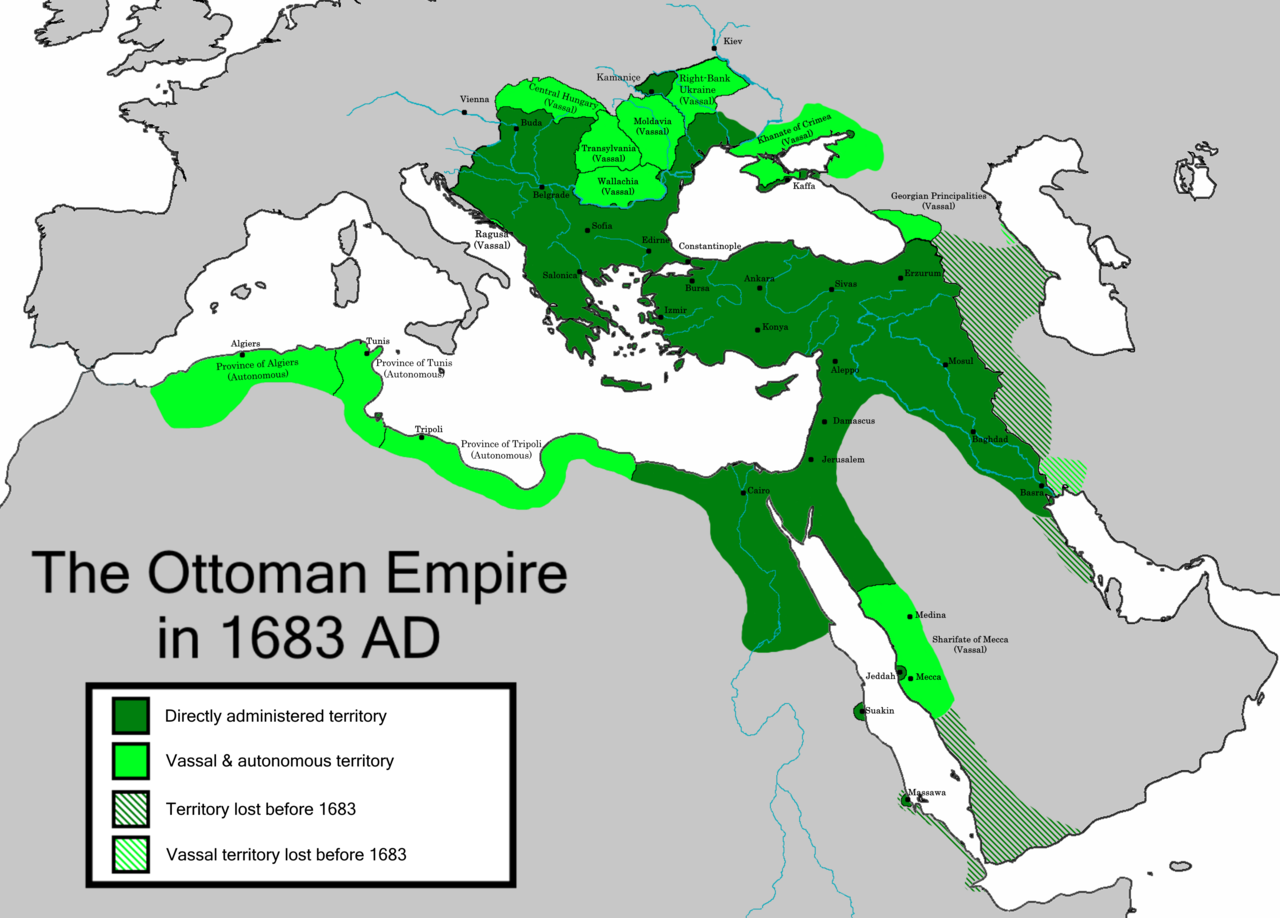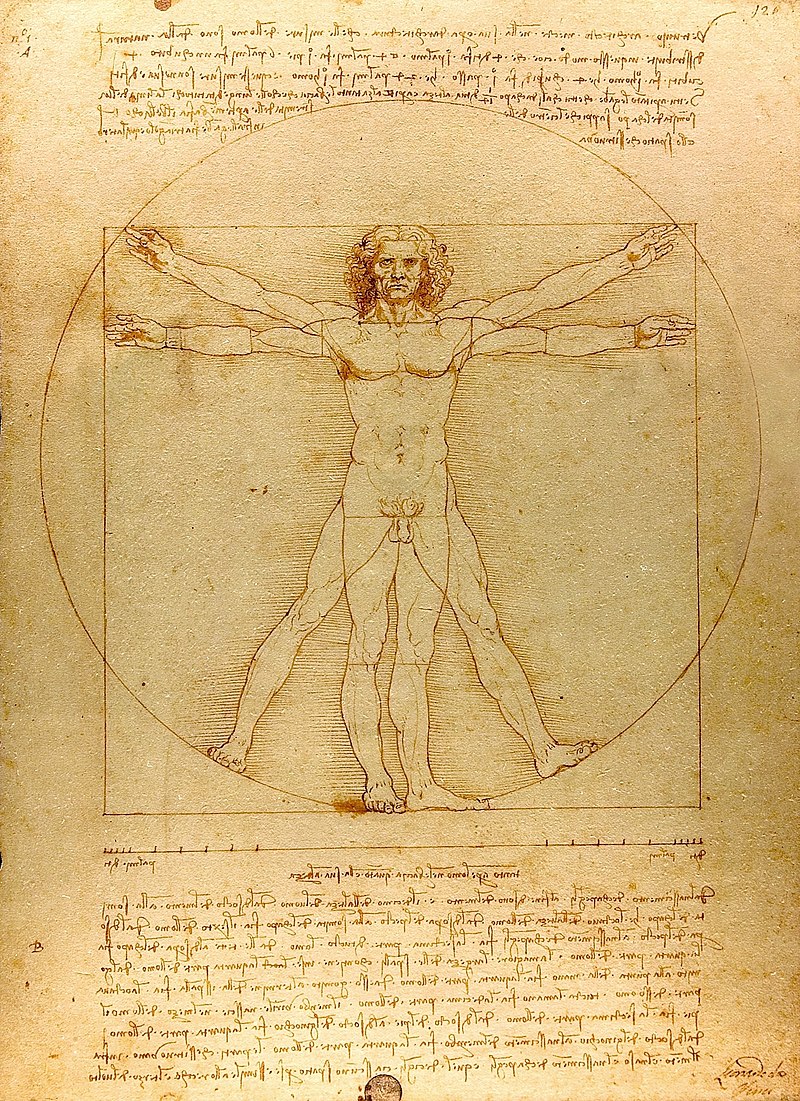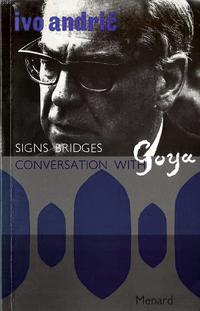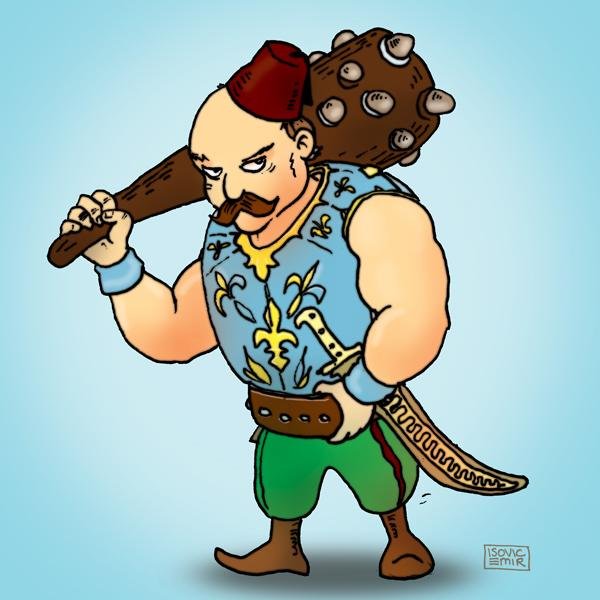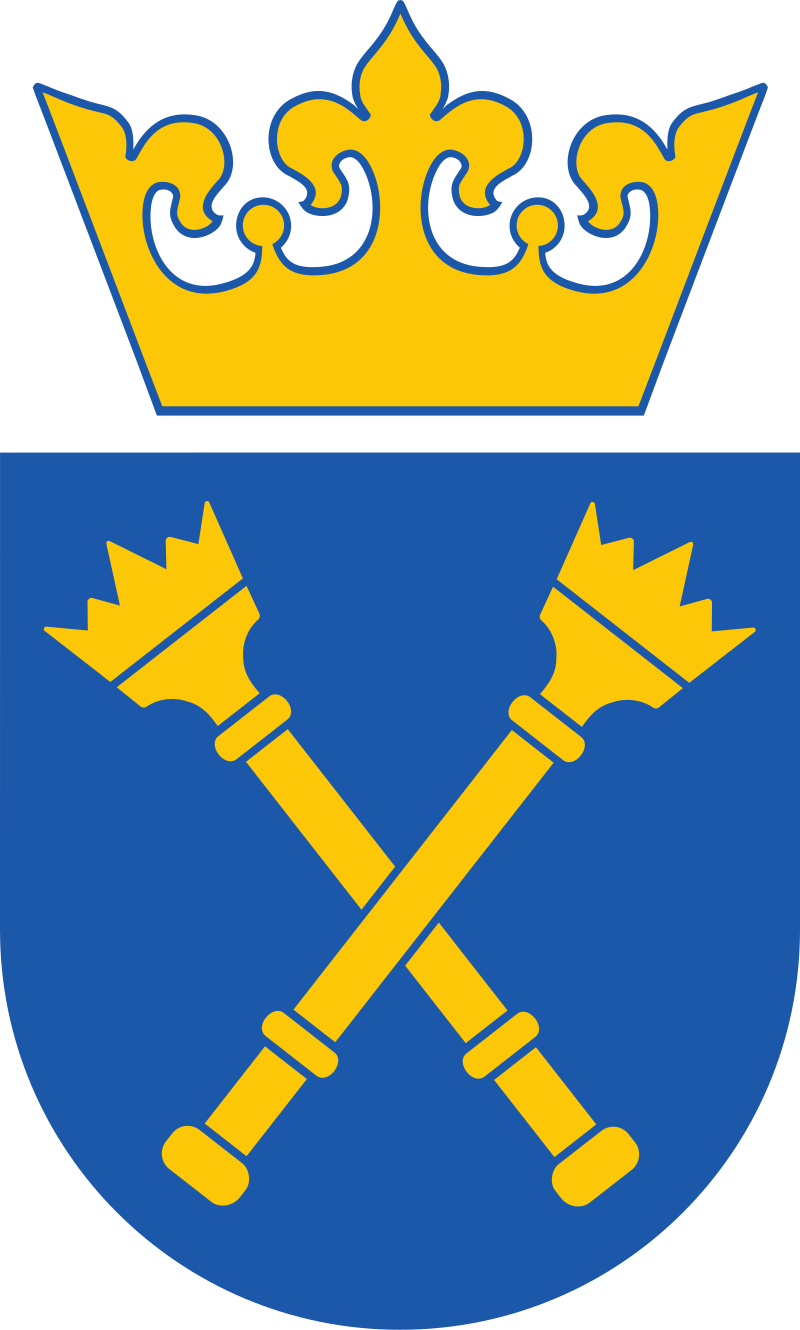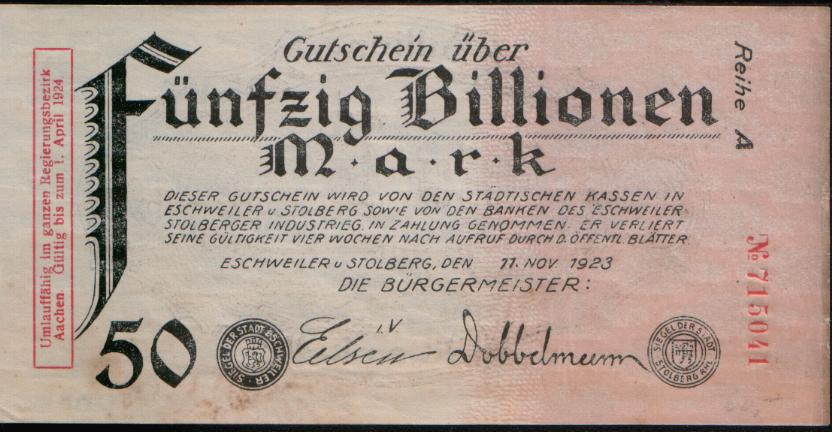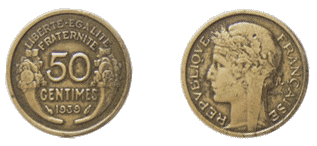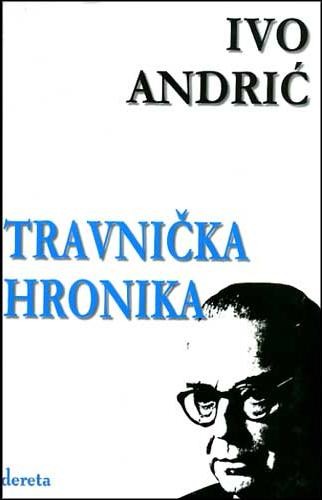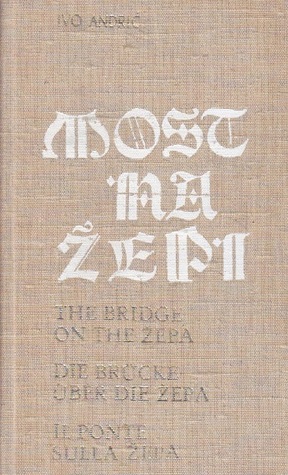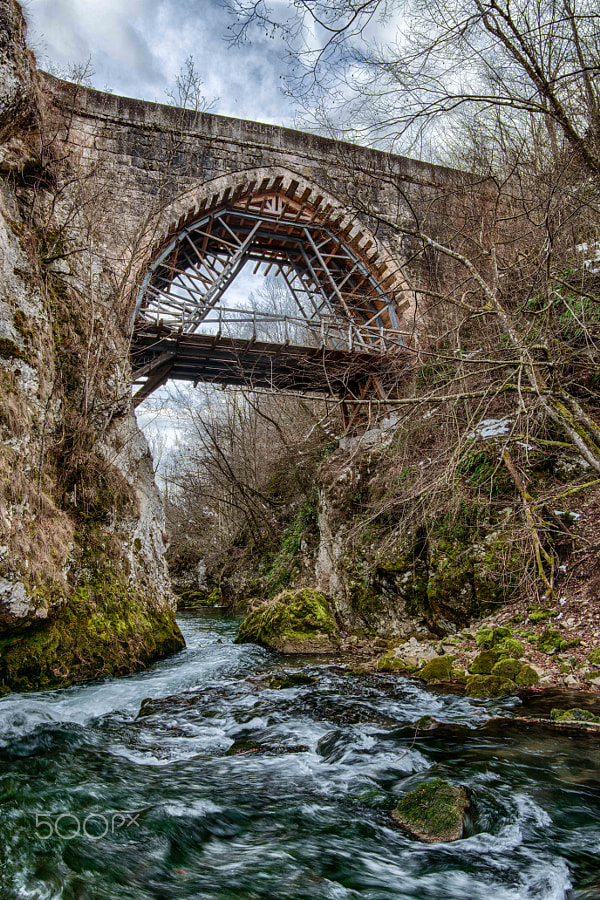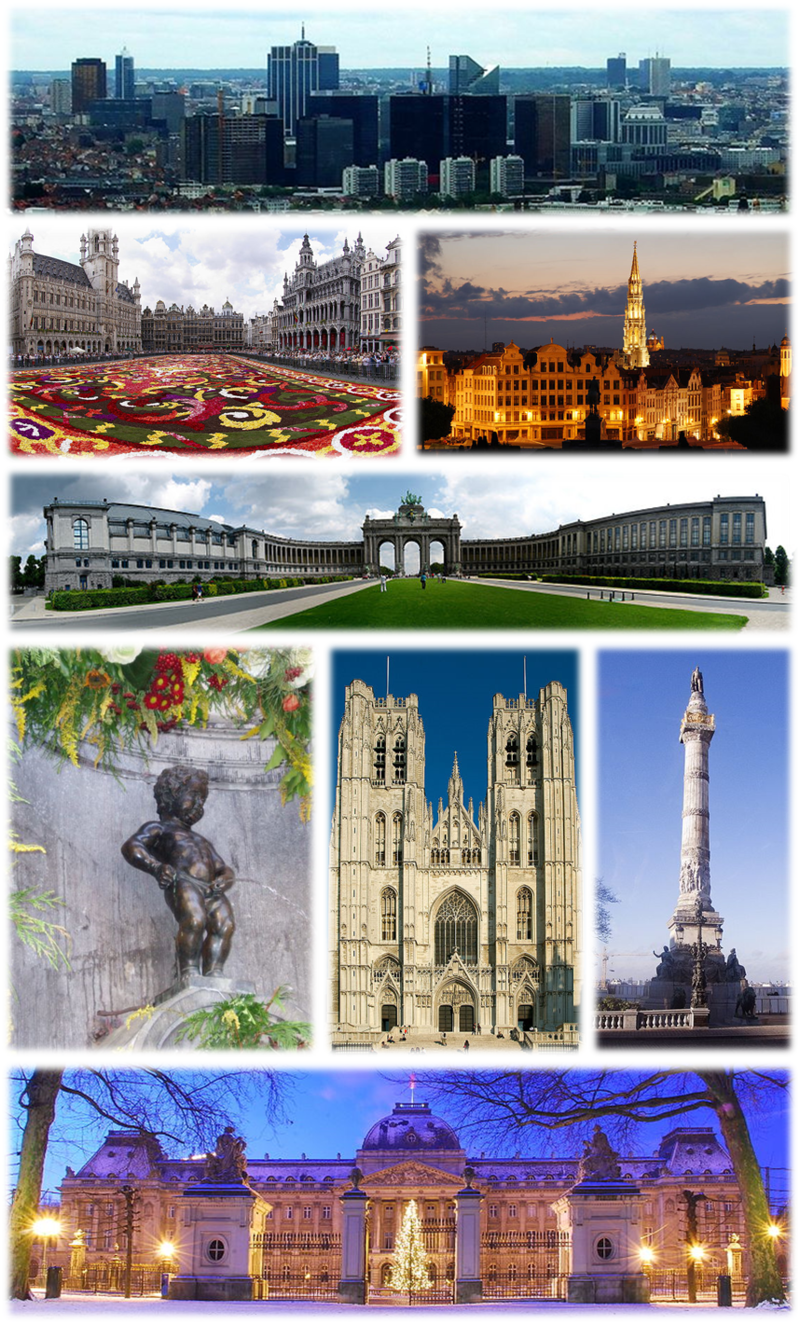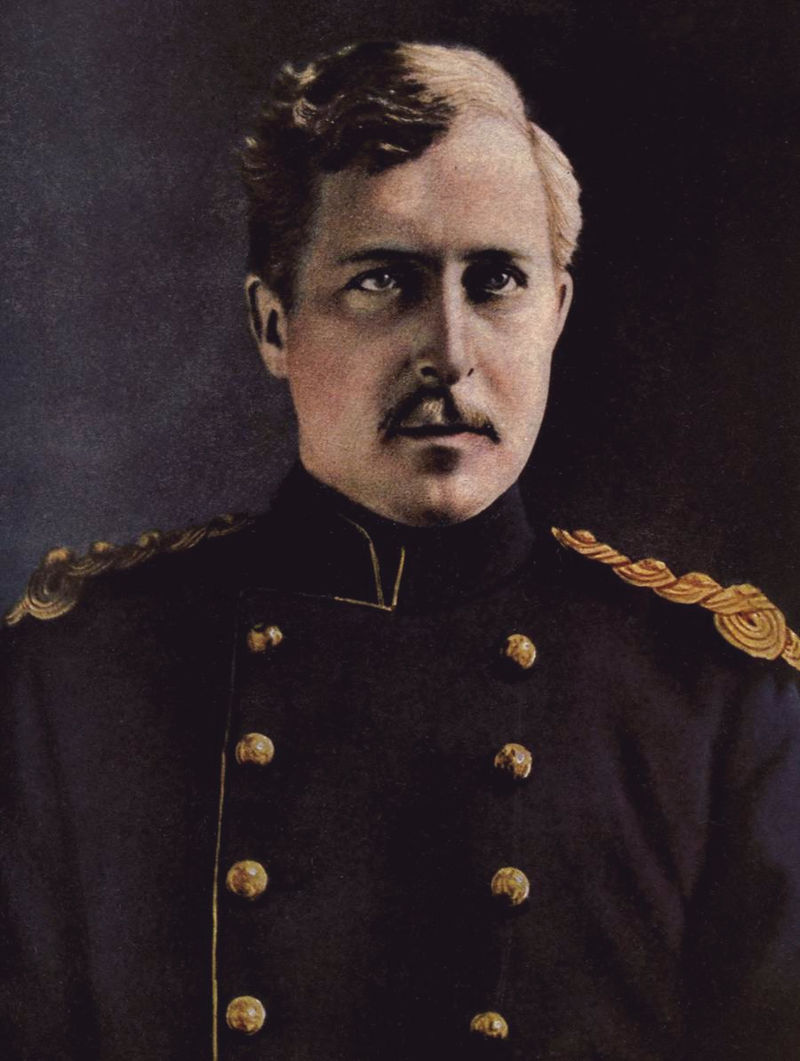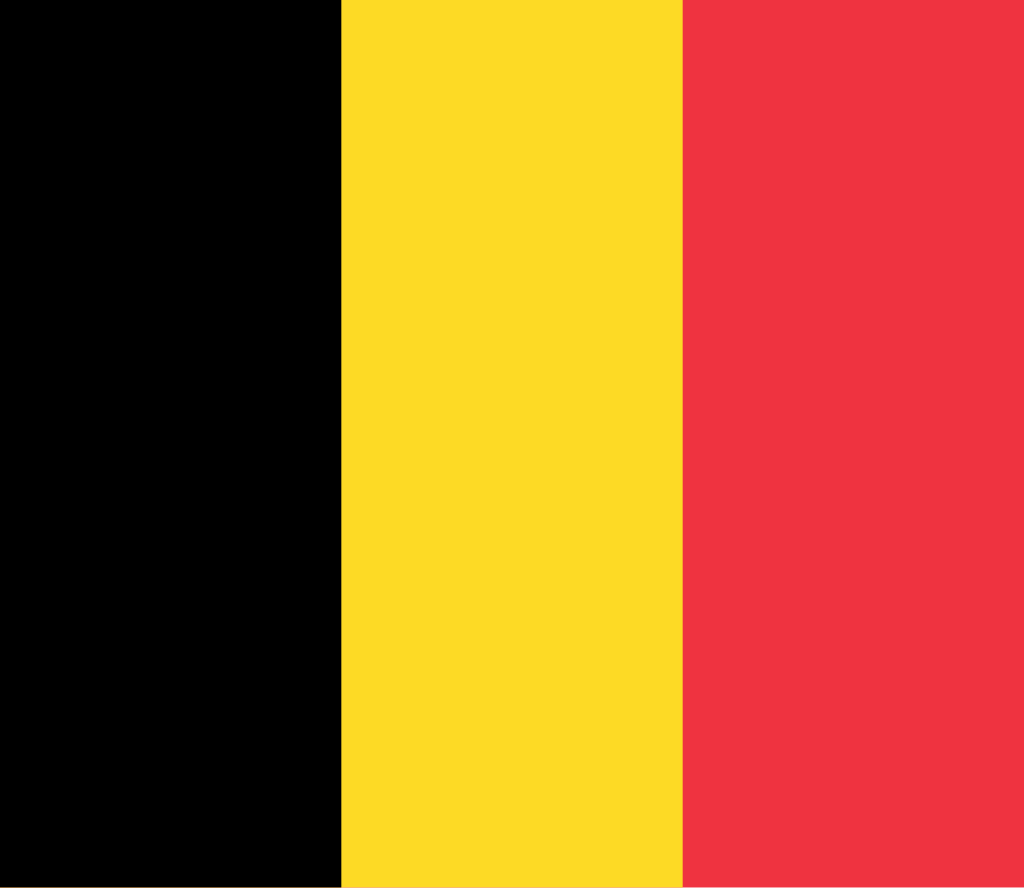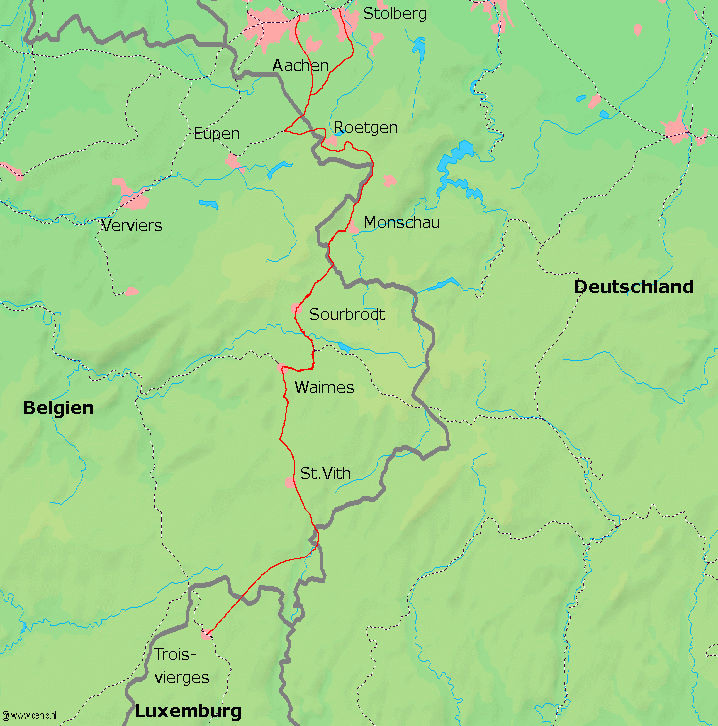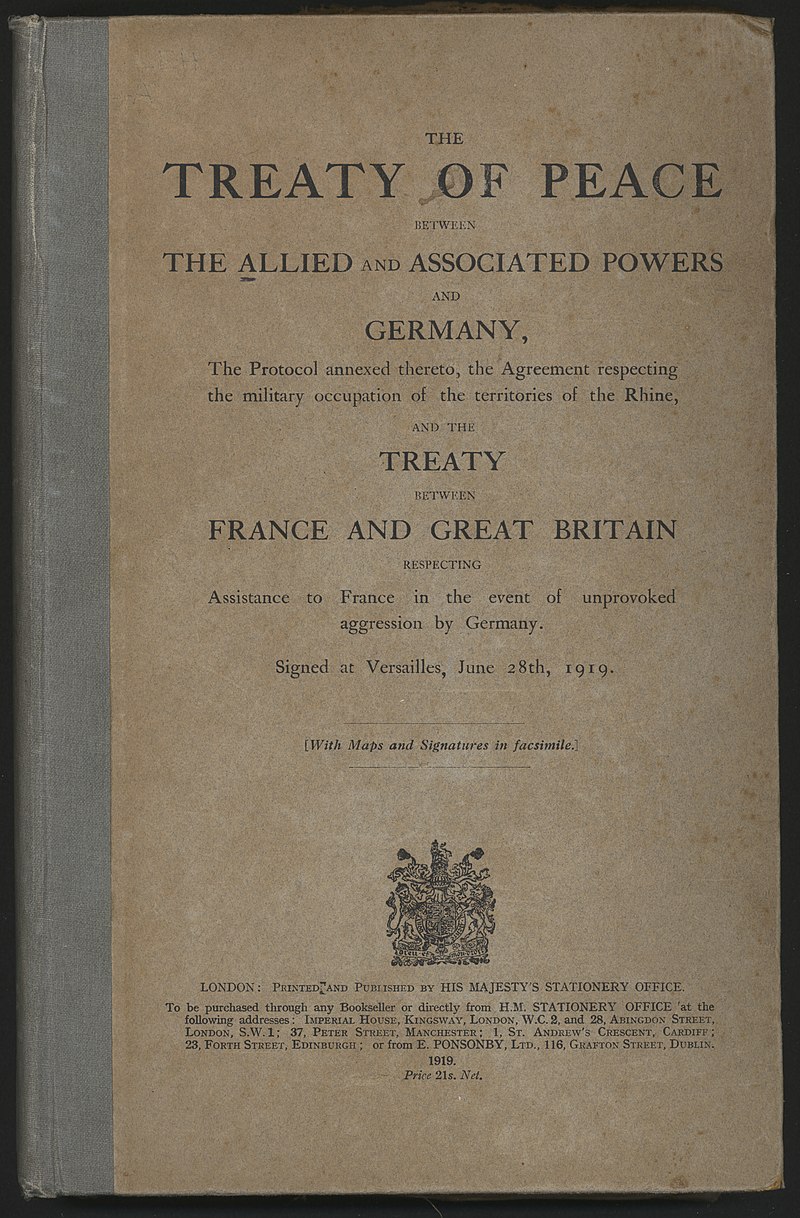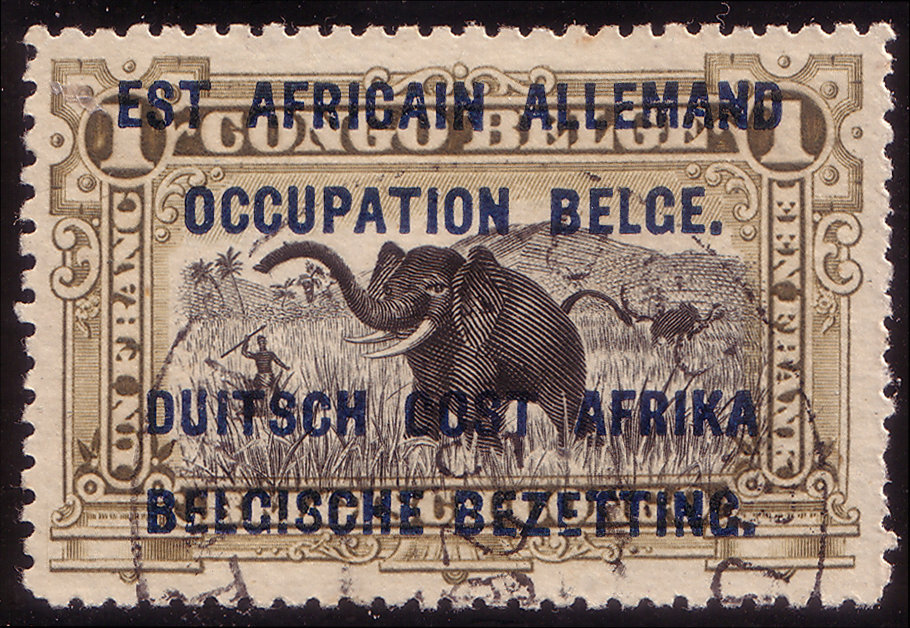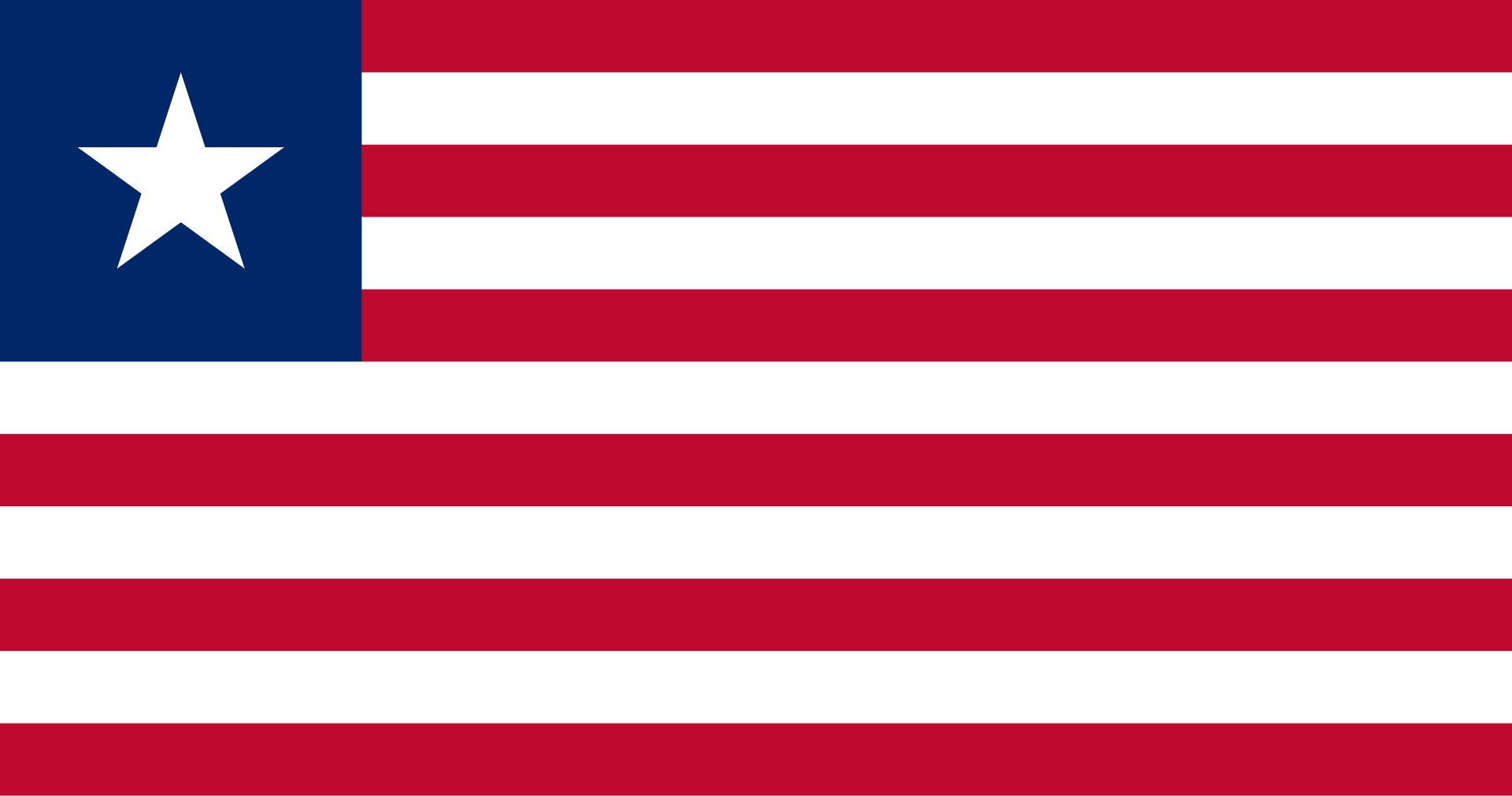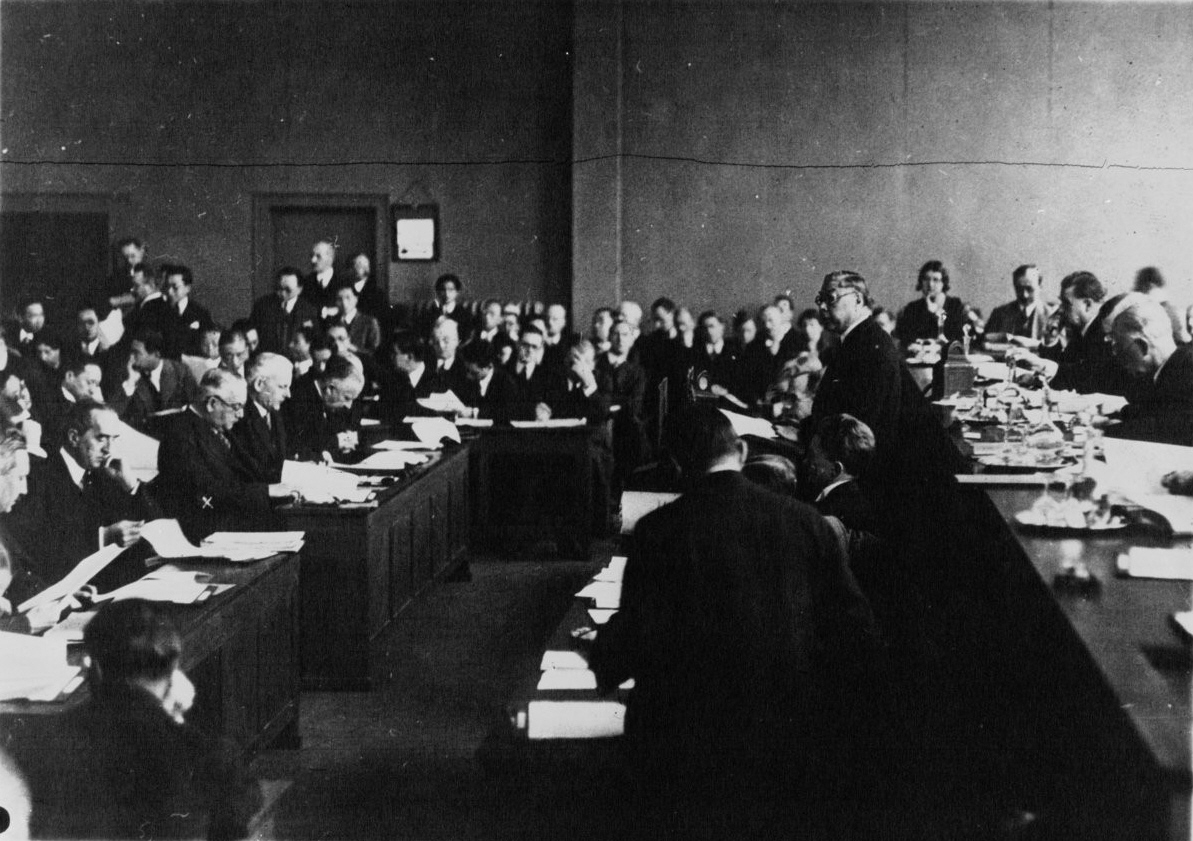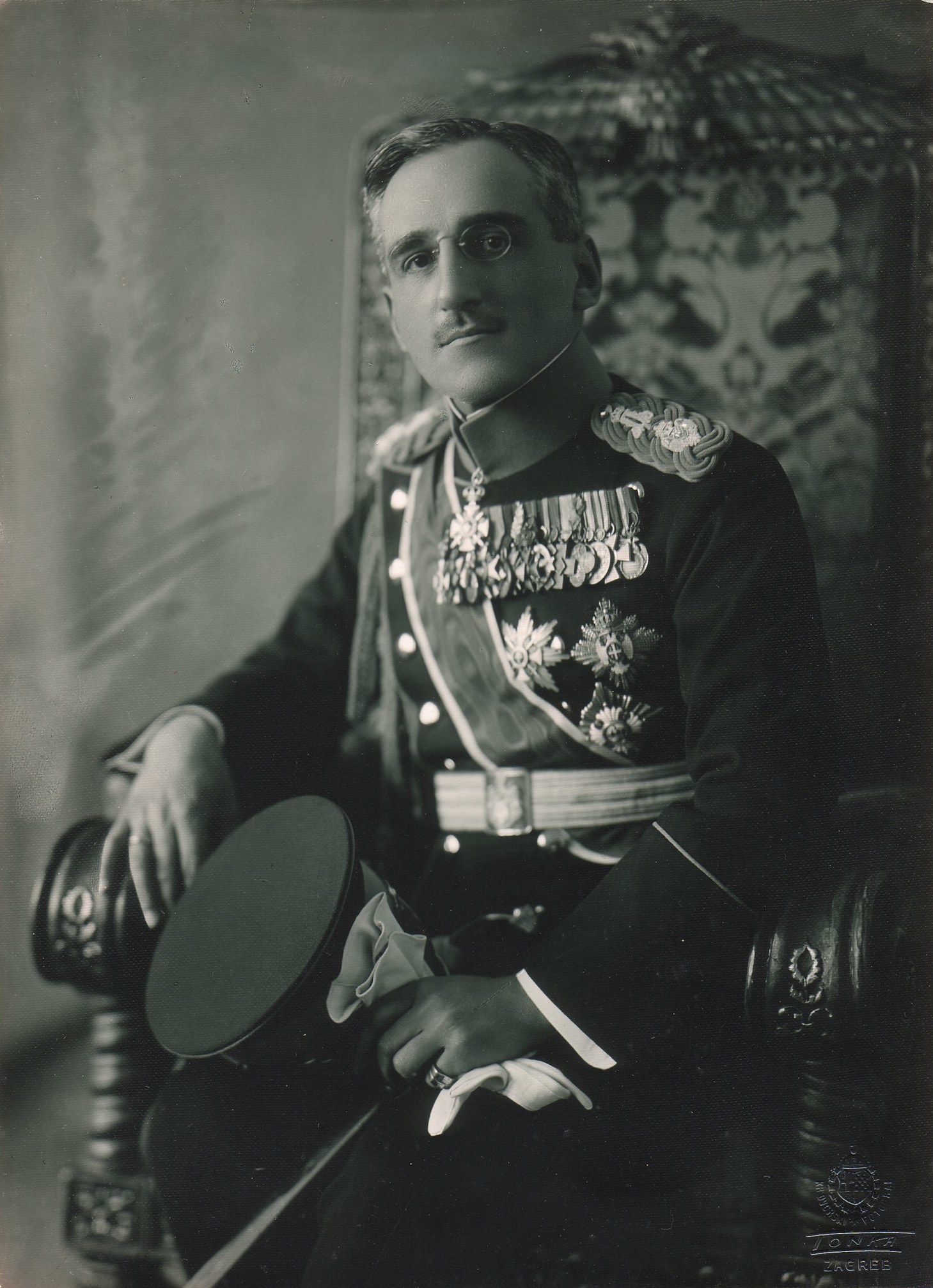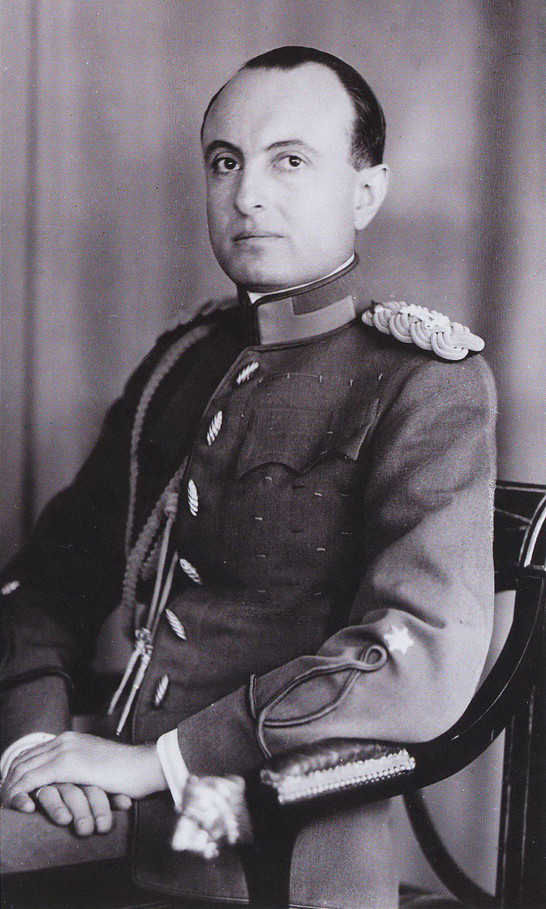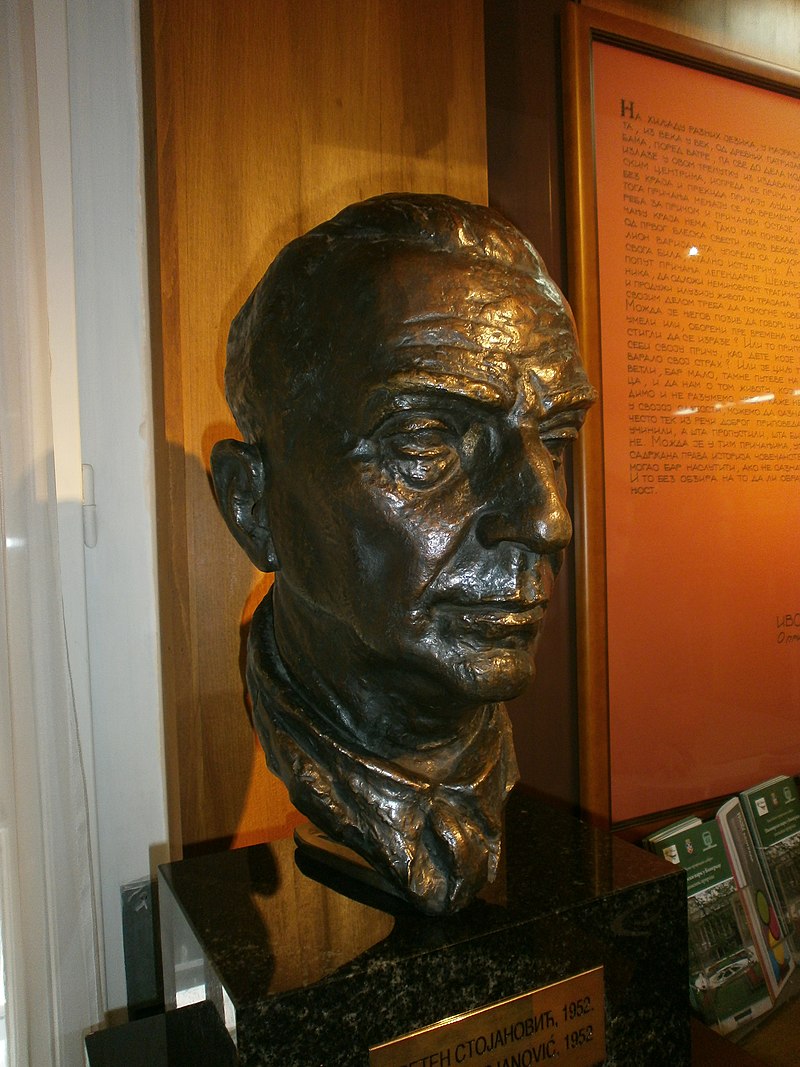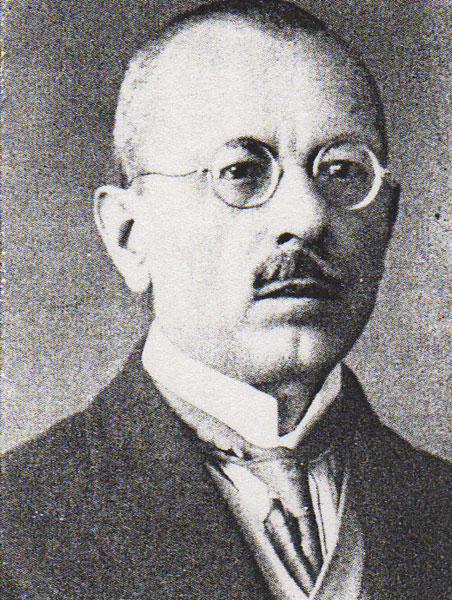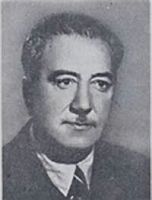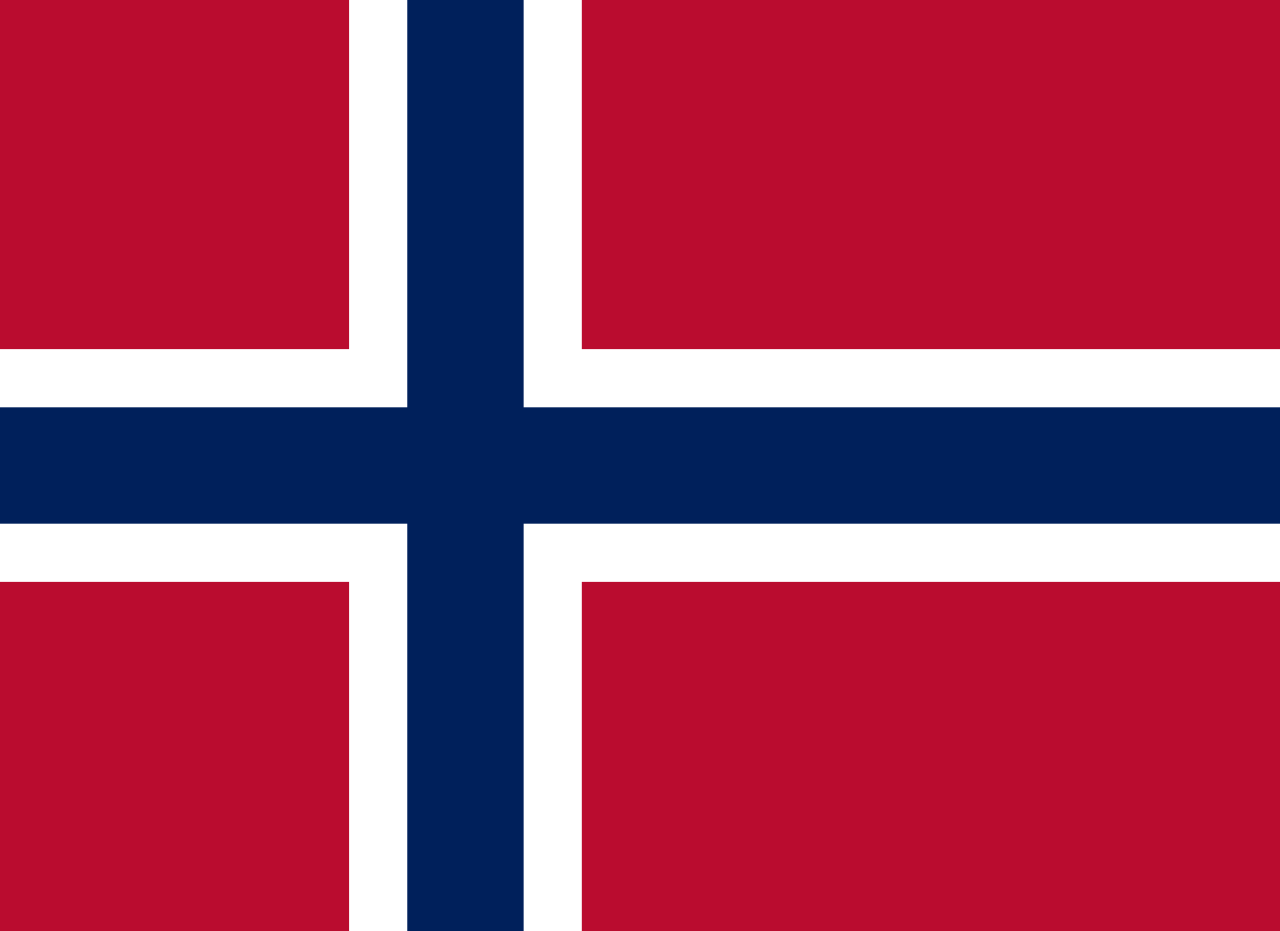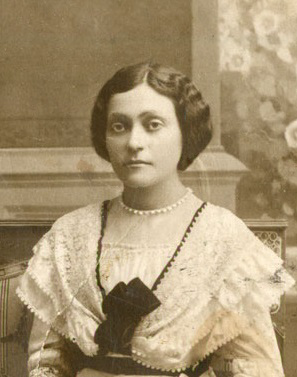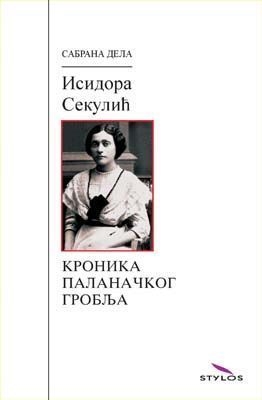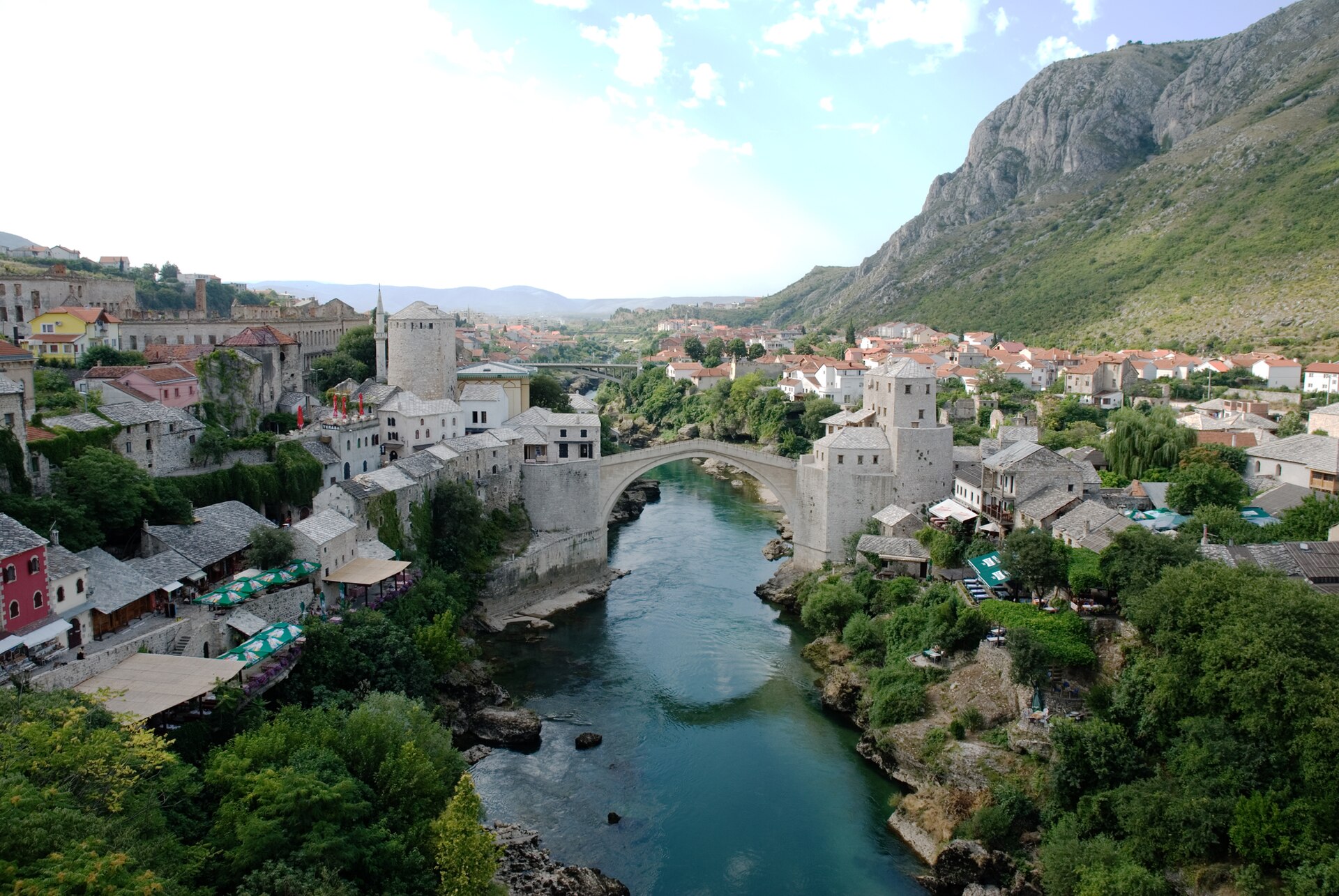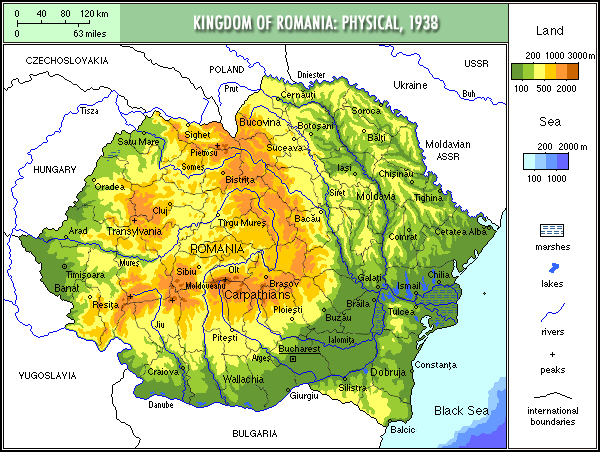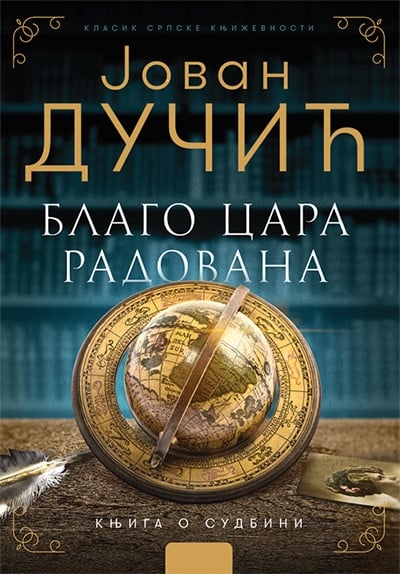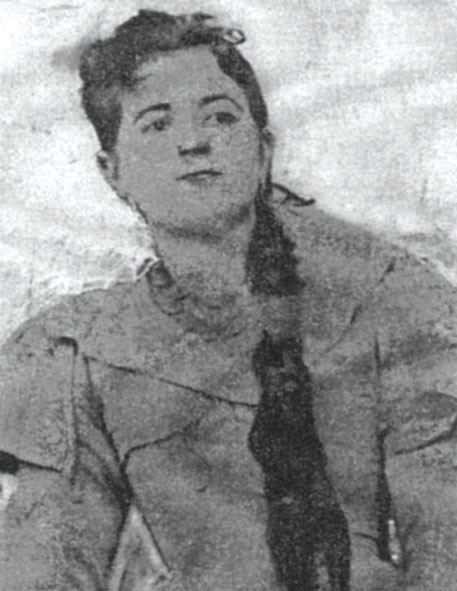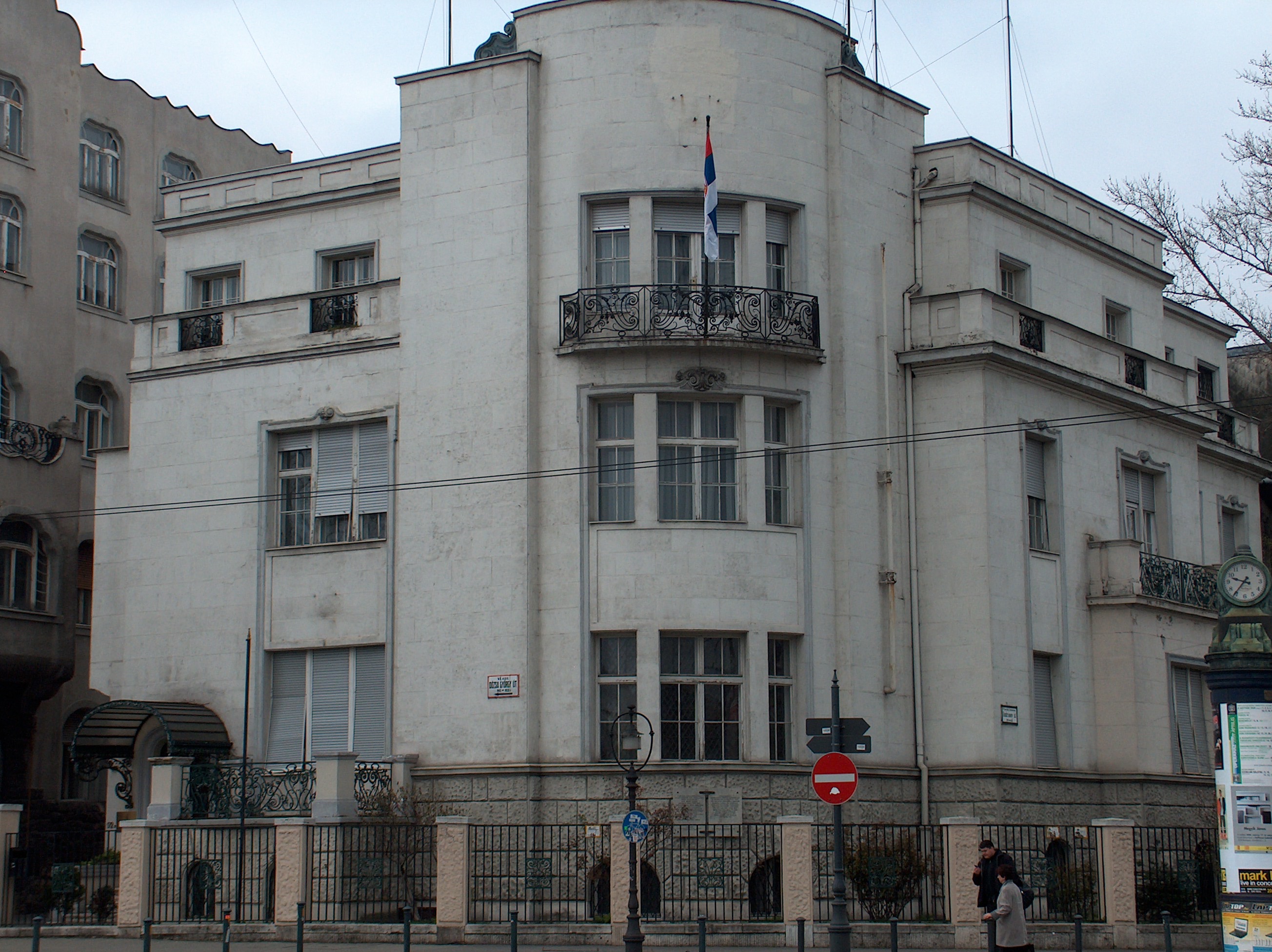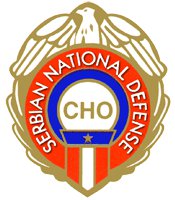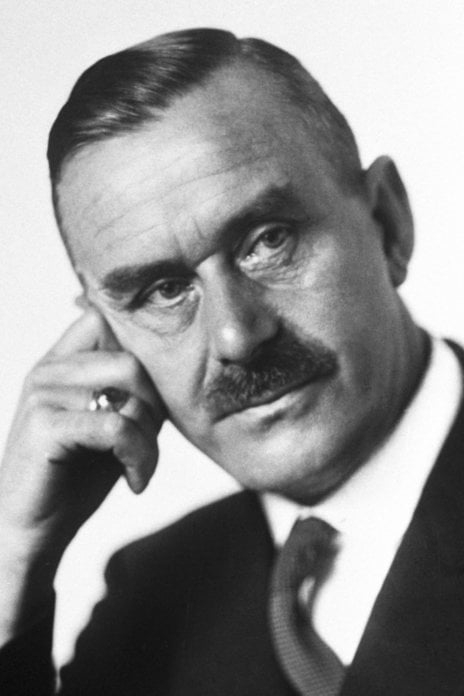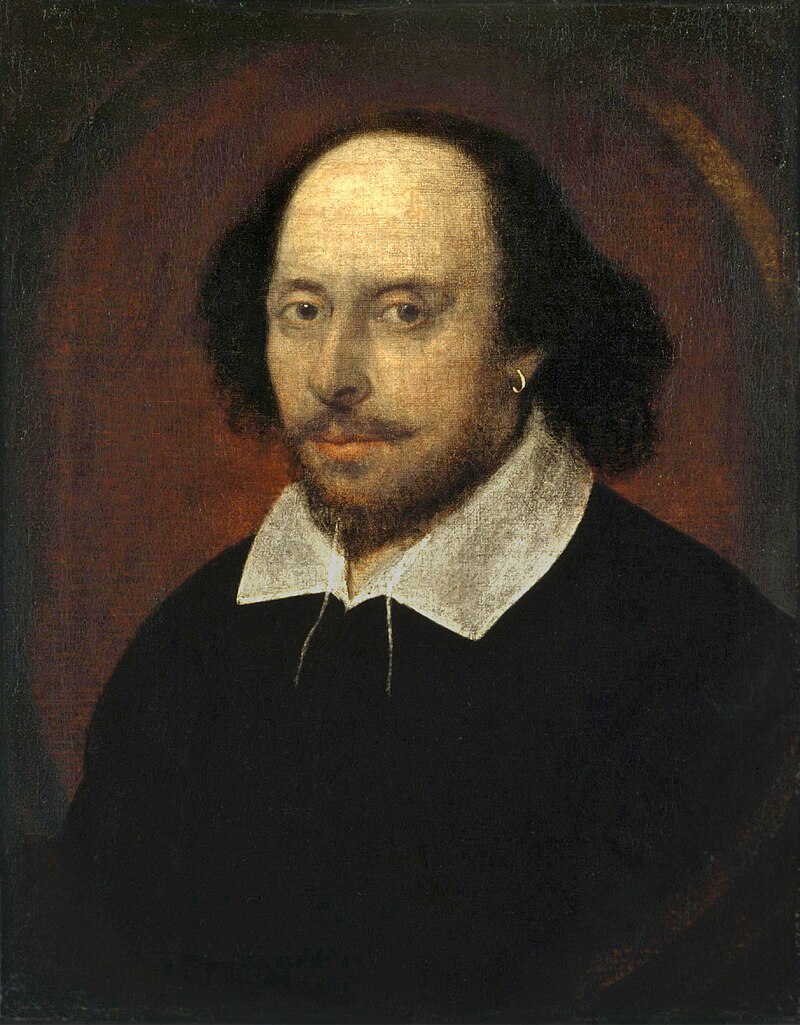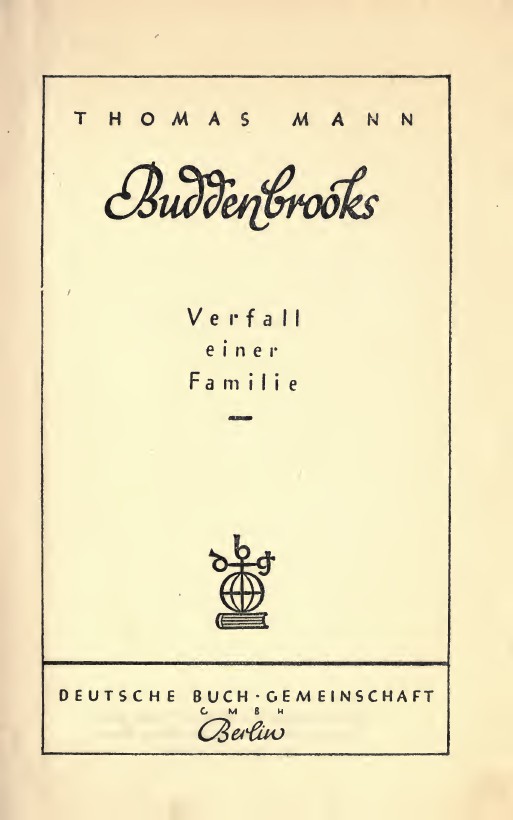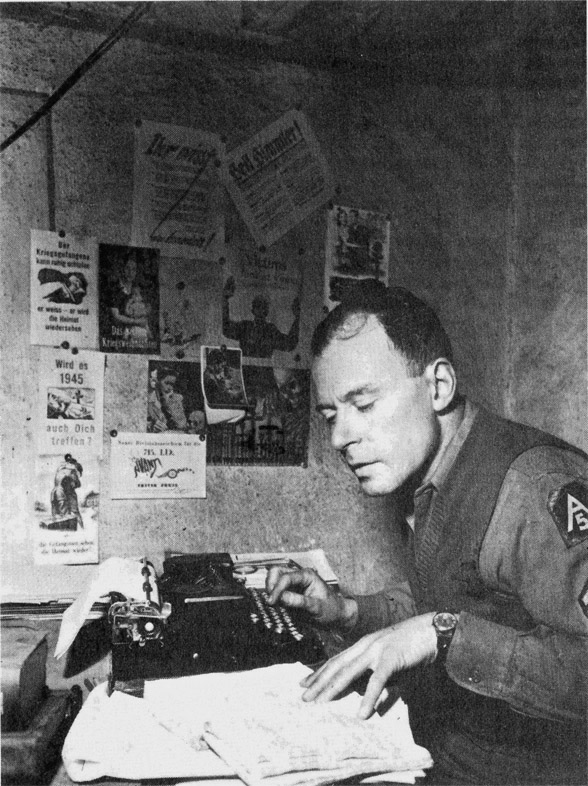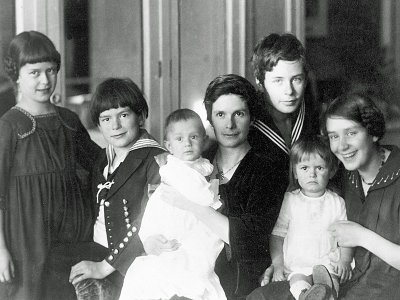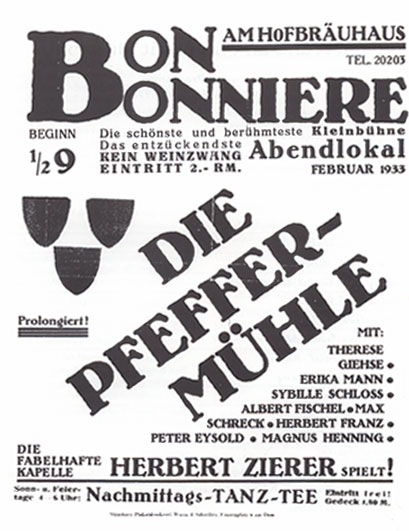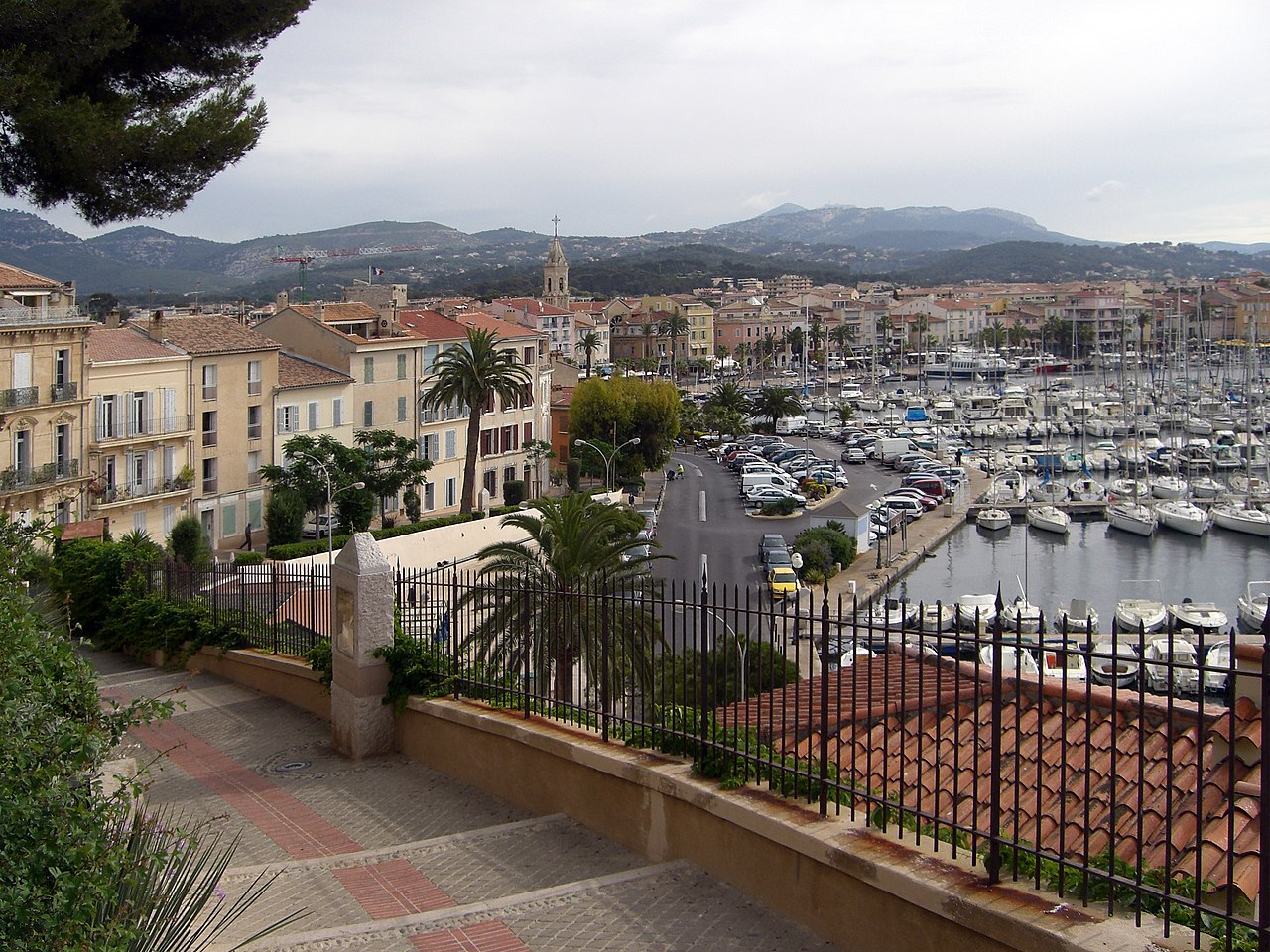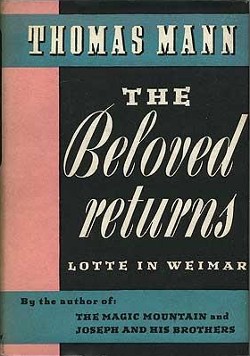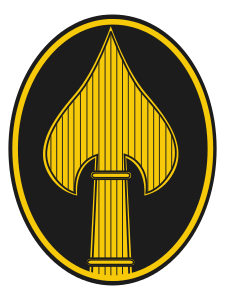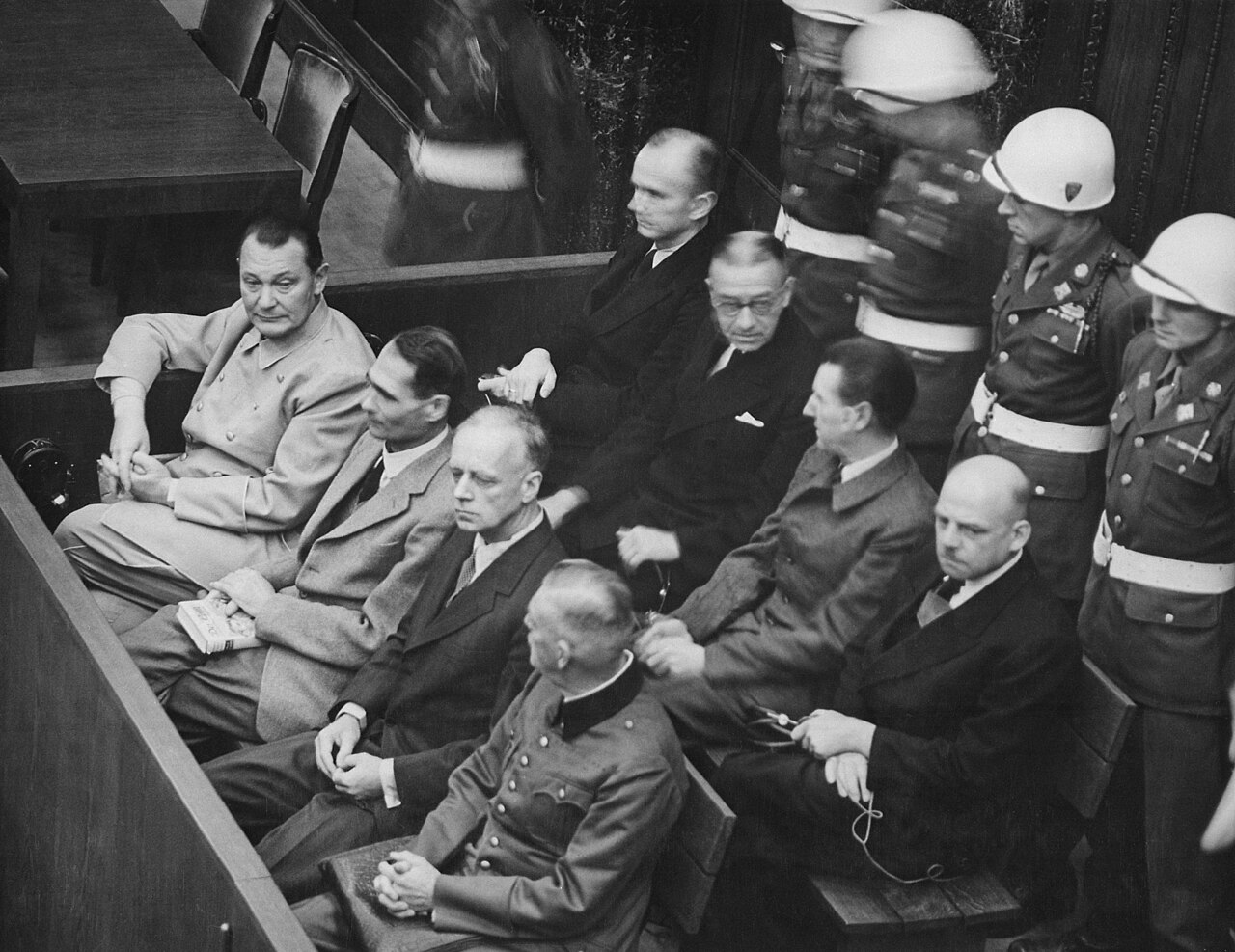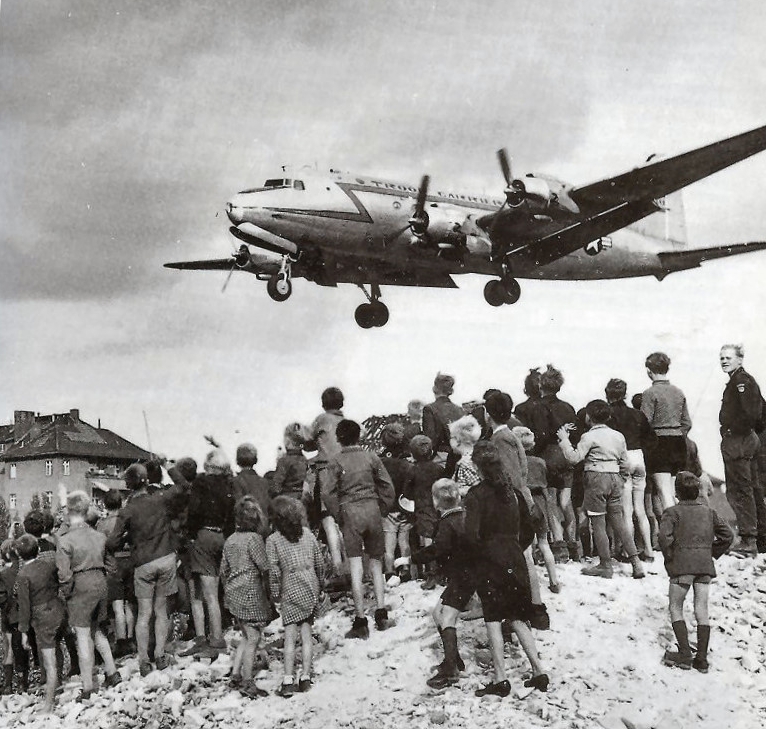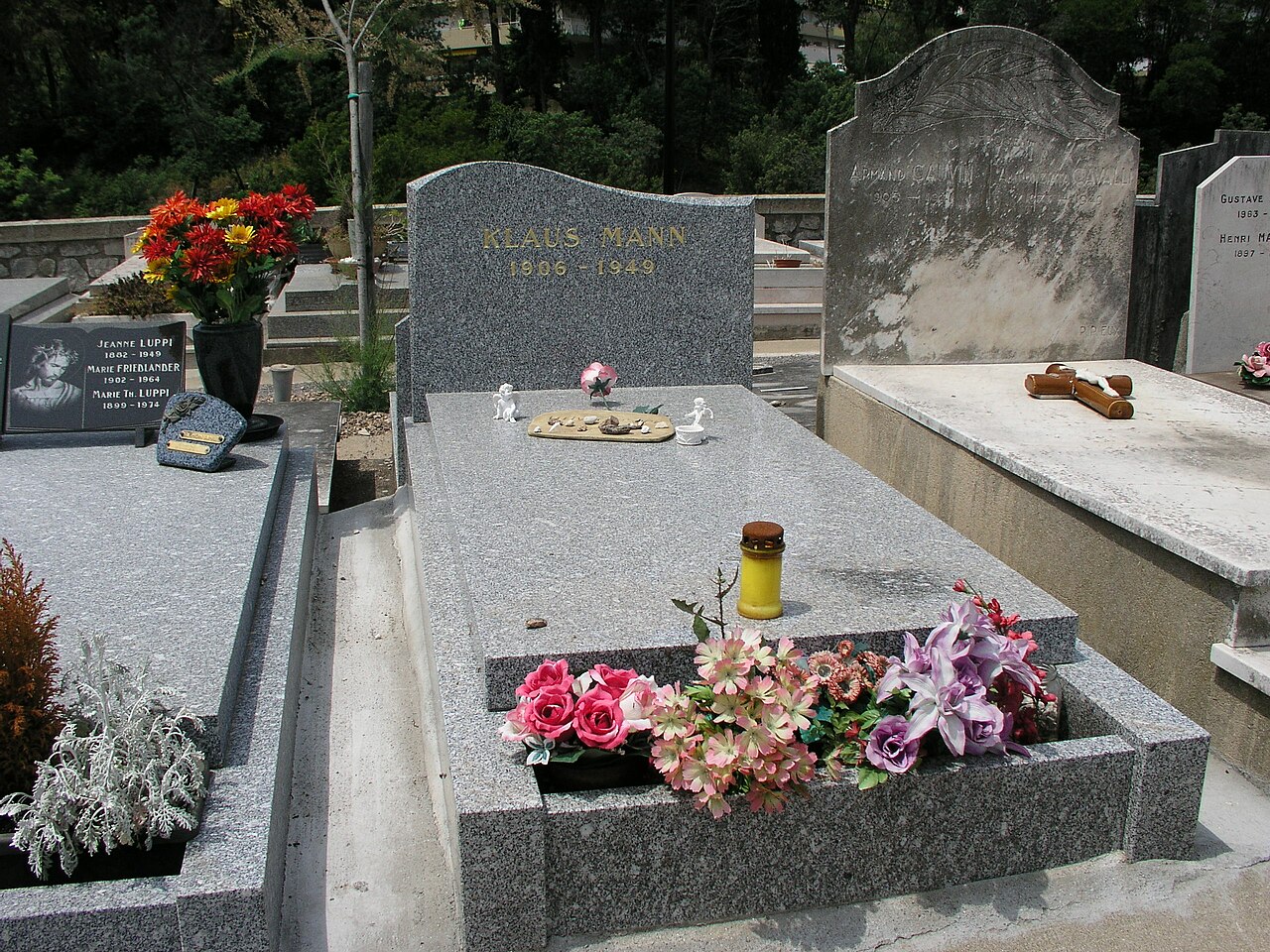Thursday 18 April 2023 (continued)
Eskişehir, Türkiye
“With those children, Winston thought, that wretched woman (Mrs. Parsons) must lead a life of terror.
Another year, two years, and they would be watching her night and day for symptoms of unorthodoxy.
Nearly all children nowadays were horrible.
What was worst of all was that by means of such organizations as the Spies they were systematically turned into ungovernable little savages, and yet this produced in them no tendency to rebel against the dıscipline of the Party.
On the contrary, they adored the Party and everything connected with it.
The songs, the processions, the banners, the hiking, the drilling with dummy rifles, the yelling of slogans, the worship of Big Brother – it was all a sort of glorious game to them.
All their ferocity was turned outwards, against the enemies of the State, against foreigners, traitors, saboteurs, thought criminals.
It was almost normal for people over 30 to be frightened of their own children.
And with good reason, for hardly a week passed in which the Times did not carry a paragraph describing how some eavesdropping little sneak – ‘child hero‘ was the phrase generally used – had overheard some compromising remark and denounced his parents to the Thought Police.”
(Nineteen Eighty-Four, George Orwell)

The members of the Hitler Youth were viewed as ensuring the future of Nazi Germany and were indoctrinated in Nazi ideology, including racism.
The boys were indoctrinated with the myths of Aryan racial superiority and to view Jews and Slavs as subhumans.
Members were taught to associate state-identified enemies such as Jews with Germany’s previous defeat in the First World War and societal decline.
The Hitler Youth were used to break up church youth groups, spy on religious classes and Bible studies and interfere with church attendance.
Education and training programs for the Hitler Youth were designed to undermine the values of traditional structures of German society.
Their training also aimed to remove social and intellectual distinctions between classes, to be replaced and dominated by the political goals of Hitler’s totalitarian dictatorship.
Sacrifice for the Nazi cause was instilled into their training.
As historian Richard Evans observes:
“The songs they sang were Nazi songs.
The books they read were Nazi books.“
Former Hitler Youth Franz Jagemann said that the notion “Germany must live” even if the members of the HJ had to die, was “hammered” into them.

The Hitler Youth appropriated many of the activities of the Boy Scout movement (which was banned in 1935), including camping and hiking.
However, over time it changed in content and intention.
For example, many activities closely resembled military training, with weapons familiarization, assault course circuits and basic fighting tactics.
The aim was to turn the HJ into motivated soldiers.
There was greater emphasis on physical ability and military training than on academic study.
More than just a way to keep the German nation healthy, sports became a means of indoctrinating and training its youth for combat.

This was in keeping with tenets outlined in Hitler’s notorious work, Mein Kampf.

In a 1936 edition of Foreign Affairs, an article discussing the appropriation of sports by contemporary dictatorial regimes such as Nazi Germany, commented that:
“The dictators have discovered sport.
This was inevitable.
Middle-aged and older persons have their roots in the ground, have affiliations with former régimes.
The hope of the dictators, therefore, was to win over youth to the new conception of life, the new system.
They found that they could best succeed through sport.
From being a simple source of amusement and recreation, it became a means to an end, a weapon in the hands of the All Highest.
It became nationalistic.
The ideal of sport for sport’s sake became an object of ridicule.
The real preoccupation of those who directed athletics became the mass production of cannon fodder.“

By 1937, there was a HJ rifle school established, partially at the behest of General Erwin Rommel, who toured HJ meetings and lectured on “German soldiering“, all the while he pressured Schirach to turn the HJ into a “junior army“.
During 1938, some 1.5 million HJ members were trained to shoot rifles.
Starting in early 1939, the OKW began supervising HJ shooting activities and military field exercises.
Upwards of 51,500 boys had earned their HJ Marksmanship Medal before the year’s end.

On 15 August 1939, a fortnight before the beginning of World War II, Schirach agreed with General Wilhelm Keitel that the entire Hitler Youth leadership must have “defence training“.

On 1 May 1940, Artur Axmann was appointed deputy to Schirach, whom he succeeded as Reichsjugendführer of the Hitler Youth on 8 August 1940.
Axmann began to reform the group into an auxiliary force which could perform war duties.
The Hitler Youth became active in German fire brigades and assisted with recovery efforts to German cities affected by Allied bombing.
The Hitler Youth also assisted in such organisations as the Reich postal service, the Reich railway services, and other government offices.
Members of the HJ also aided the army and served with anti-aircraft defence crews.

In 1942 Hitler decreed the establishment of “Hitler Youth defence training camps“, led by Wehrmacht officers.
Nazi leaders began turning the Hitler Youth into a military reserve to replace manpower which had been depleted due to tremendous military losses.
The idea for a Waffen-SS division made up of Hitler Youth members was first proposed by Axmann to Reichsführer-SS Heinrich Himmler in early 1943.
The plan for a combat division made up of Hitler Youth members born in 1926 was passed on to Hitler for his approval.
Hitler approved the plan in February and Gottlob Berger was tasked with recruiting.
Fritz Witt of SS Division Leibstandarte (LSSAH) was appointed divisional commander.

In 1944, the 12th SS-Panzer-Division Hitlerjugend was deployed during the Battle of Normandy against the British and Canadian forces to the north of Caen.
Over 20,000 German youths participated in the attempt to repulse the D-Day invasion.
While they knocked out 28 Canadian tanks during their first effort, they ultimately lost 3,000 lives before the Normandy assault was complete.

During the following months, the division earned a reputation for ferocity and fanaticism.
When Witt was killed by Allied naval gunfire, SS-Brigadeführer Kurt Meyer assumed command and became the divisional commander at age 33.

As German casualties escalated with the combination of Operation Bagration and the Lvov-Sandomierz Operation in the east, and Operation Cobra in the west, members of the Hitlerjugend were recruited at ever younger ages.
By 1945, the Volkssturm was commonly drafting 12-year-old Hitler Youth members into its ranks.

During the Battle of Berlin, Axmann’s Hitler Youth formed a major part of the last line of German defence, and they were reportedly among the fiercest fighters.
Although the city commander, General Helmuth Weidling, ordered Axmann to disband the Hitler Youth combat formations, in the confusion this order was never carried out.
The remnants of the youth brigade took heavy casualties from the advancing Russian forces.
Only two survived.

In 1945, there were various incidents of Hitler Youth members shooting prisoners, participating in executions, and committing other wartime atrocities.

The Hitler Youth was disbanded by Allied authorities as part of the denazification process.
Some Hitler Youth members were suspected of war crimes but, because they were children, no serious efforts were made to prosecute these claims.
While the Hitler Youth was never declared a criminal organisation, its adult leadership was considered tainted for corrupting the minds of young Germans.
Many adult leaders of the Hitler Youth were put on trial by Allied authorities.

German children born in the 1920s and 1930s became adults during the Cold War years.
Since membership was compulsory after 1936, it was neither surprising nor uncommon that many senior leaders of both West and East Germany had been members of the Hitler Youth.
Little effort was made to blacklist political figures who had been members, since many had little choice in the matter.
These German post-war leaders were nonetheless once part of an important institutional element of Nazi Germany.
Historian Gerhard Rempel opined that Nazi Germany itself was impossible to conceive without the Hitler Youth, as their members constituted the “social, political and military resiliency of the Third Reich” and were part of “the incubator that maintained the political system by replenishing the ranks of the dominant party and preventing the growth of mass opposition“.
Rempel also reports that a large percentage of the boys who served in the HJ slowly came to the realization that “they had worked and slaved for a criminal cause“, which they carried for a lifetime.
Some of them recalled a “loss of freedom” and claimed that their time in the HJ “had robbed them of a normal childhood“.
Historian Michael Kater relates how many who once served in the HJ were silent until older age when they became grandparents.
While they were eventually able to look back at their place in “a dictatorship which oppressed, maimed and killed millions“, he maintains that an honest appraisal should lead them to conclude that their past contributions to the regime had “damaged their own souls“.
Once Nazi Germany was defeated by the Allied Powers, the Hitler Youth was officially abolished by the Allied Control Council on 10 October 1945 and later banned by the German Criminal Code.

Children in the military, including state armed forces, non-state armed groups, and other military organizations, may be trained for combat, assigned to support roles, such as cooks, porters/couriers, or messengers, or used for tactical advantage such as for human shields, or for political advantage in propaganda.
Children (defined by the Convention on the Rights of the Child as people under the age of 18) have been recruited for participation in military operations and campaigns throughout history and in many cultures.
Children are targeted for their susceptibility to influence, which renders them easier to recruit and control.
While some are recruited by force, others choose to join up, often to escape poverty or because they expect military life to offer a rite of passage to maturity.

Child soldiers who survive armed conflict frequently develop psychiatric illness, poor literacy and numeracy, and behavioral problems such as heightened aggression, which together lead to an increased risk of unemployment and poverty in adulthood.
Research in the United Kingdom has found that the enlistment and training of adolescent children, even when they are not sent to war, is often accompanied by a higher risk of suicide, stress-related mental disorders, alcohol abuse, and violent behavior.

Since the 1960s, a number of treaties have successfully reduced the recruitment and use of children worldwide.
Nonetheless, around a quarter of armed forces worldwide, particularly those of third-world nations, still train adolescent children for military service, while elsewhere, the use of children in armed conflict and insurgencies has increased in recent years.

History is filled with children who have been trained and used for fighting, assigned to support roles such as porters or messengers, used as sex slaves, or recruited for tactical advantage as human shields or for political advantage in propaganda.
In 1813 and 1814, for example, Napoleon (1769 – 1821) conscripted many young teenagers for his armies.
Thousands of children participated on all sides of the First and Second World Wars.
Children continued to be used throughout the 20th and early 21st century on every continent, with concentrations in parts of Africa, Latin America, and the Middle East.
Only since the turn of the millennium have international efforts begun to limit and reduce the military use of children.

The adoption in 2000 of the Optional Protocol on the Involvement of Children in Armed Conflict (OPAC) committed states who ratified it to “take all feasible measures” to ensure that no child takes a direct part in hostilities and to cease recruitment below the age of 16.
As most states have now opted into OPAC, the global trend has been towards reserving military recruitment to adulthood, known as the Straight-18 standard.

Above: A map of parties to the Optional Protocol on the Involvement of Children in Armed Conflict. Parties in dark green, countries which have signed but not ratified in light green, non-members in grey.
Nonetheless, as of 2018, children aged under 18 were still being recruited and trained for military purposes in 46 countries, which is approximately one quarter of all countries.
Most of these states recruit from age 17, fewer than 20 recruit from age 16, and an unknown, smaller number, recruit younger children.

As of 2022, the United Nations (UN) verified that nine state armed forces were using children in hostilities:
- Central African Republic, Democratic Republic of the Congo, Mali, Somalia, and South Sudan in Africa
- Palestine, Syria and Yemen in Western Asia
- Afghanistan in Central Asia
- Myanmar in South East Asia.

Above: Flag of the United Nations
The United Nations (UN) Committee on the Rights of the Child and others have called for an end to the recruitment of children by state armed forces, arguing that military training, the military environment, and a binding contract of service are not compatible with children’s rights and jeopardize healthy development.
These include non-state armed paramilitary organisations such as militias, insurgents, terrorist organizations, guerrilla movements, armed liberation movements, and other types of quasi-military organisation.
As of 2022, the UN identified 12 countries where children were widely used by such groups:
- Colombia in South America
- Central African Republic, Democratic Republic of the Congo, Mali, Somalia, South Sudan, and Sudan in Africa
- Lebanon and Palestine in the Middle East
- Syria and Yemen in Western Asia
- Afghanistan in Central Asia
- Myanmar in South East Asia.

Above: Emblem of the United Nations
Not all armed groups use children and approximately 60 have entered agreements to reduce or end the practice since 1999.
For example, by 2017, the Moro Islamic Liberation Front (MILF) in the Philippines had released nearly 2,000 children from its ranks.

In 2016, the FARC-EP guerrilla movement in Colombia agreed to stop recruiting children.

Above: FARC–EP coat of arms: shield, flag, and country
Other countries have seen the reverse trend, particularly Afghanistan and Syria, where Islamist militants and groups opposing them have intensified their recruitment, training, and use of children.
In 2003, one estimate calculated that child soldiers participated in about three-quarters of ongoing conflicts.

Above: Flag of Afghanistan
In the same year, the UN Office for the Coordination of Humanitarian Affairs (UNOCHA) estimated that most of these children were aged over 15, although some were younger.

Above: The logo of the United Nations Office for the Coordination of Humanitarian Affairs
Due to the widespread military use of children in areas where armed conflict and insecurity prevent access by UN officials and other observers, it is difficult to estimate how many children are affected.
- In 2003 UNICEF estimated that some 300,000 children are involved in more than 30 conflicts worldwide.

Above: Emblem of the United Nations Children’s Emergency Fund
- In 2017, Child Soldiers International estimated that several tens of thousands of children, possibly more than 100,000, were in state- and non-state military organisations around the world, and in 2018 the organisation reported that children were being used to participate in at least 18 armed conflicts.

- In 2023 the UN Secretary General report presented 7,622 verified cases of children being recruited and used in armed conflicts in 23 countries. More than 12,460 children formerly associated with armed forces or groups received protection or reintegration support during 2022.

Above: United Nations Secretary General Antonio Guterres
It is estimated that girl soldiers make between 10% and 30%, 6% and 50%, or over 40% of the child soldier population.
Of the verified cases presented in the 2023 UN Secretary General report, girls make 12.3% of all child soldiers recruited or used by armed groups.

Despite children’s physical and psychological underdevelopment relative to adults, there are many reasons why state- and non-state military organisations seek them out, and why children themselves are often are drawn to join up of their own volition.
Relative to adults, the neurological underdevelopment of children, including adolescent children, renders them more susceptible to recruitment and also more likely to make consequential decisions without due regard to the risks.
With these susceptibilities in mind, military marketing to adolescents has been criticised in Germany, the UK and the US for glamorizing military life while omitting the risks and the loss of fundamental rights.
Research in the same three countries finds that recruiters disproportionately target children from poorer backgrounds.
In the UK, for example, the army finds it easier to attract child recruits from age 16 than adults from age 18, particularly those from poorer backgrounds.
Once recruited, children are easier than adults to indoctrinate and control.
They are more motivated than adults to fight for non-monetary incentives such as religion, honour, prestige, revenge and duty.

In many countries growing populations of young people relative to older generations have made children a cheap and accessible resource for military organisations.
In a 2004 study of children in military organisations around the world, Rachel Brett and Irma Specht pointed to a complex of factors that incentivise children to join military organisations, particularly:
- Background poverty including a lack of civilian education or employment opportunities.
- The cultural normalization of war
- Seeking new friends
- Revenge (for example, after seeing friends and relatives killed)
- Expectations that a “warrior” role provides a rite of passage to maturity

The following testimony from a child recruited by the Cambodian armed forces in the 1990s is typical of many children’s motivations for joining up:
“I joined because my parents lacked food and I had no school.
I was worried about mines but what can we do — it’s an order to go to the front line.
Once somebody stepped on a mine in front of me — he was wounded and died.
I was with the radio at the time, about 60 metres away.
I was sitting in my hammock and saw him die.
I see young children in every unit.
I’m sure I’ll be a soldier for at least a couple of more years.
If I stop being a soldier, I won’t have a job to do because I don’t have any skills.
I don’t know what I’ll do.“

Above: Flag of Cambodia
Some leaders of armed groups have claimed that children, despite their underdevelopment, bring their own qualities as combatants to a fighting unit, often being remarkably fearless, agile and hardy.
The global proliferation of light automatic weapons, which children can easily handle, has also made the use of children as direct combatants more viable.

Child soldiers who survive armed conflict face a markedly elevated risk of debilitating psychiatric illness, poor literacy and numeracy, and behavioural problems.
Research in Palestine and Uganda, for example, has found that more than half of former child soldiers showed symptoms of post-traumatic stress disorder and nearly nine in ten in Uganda screened positive for depressed mood.
Researchers in Palestine also found that children exposed to high levels of violence in armed conflict were substantially more likely than other children to exhibit aggression and anti-social behaviour.
The combined impact of these effects typically includes a high risk of poverty and lasting unemployment in adulthood.

Further harm is caused when armed forces and groups detain child recruits.
Children are often detained without sufficient food, medical care, or under other inhumane conditions, and some experience physical and sexual torture.
Some are captured with their families, or detained due to one of their family members’ activity.
Lawyers and relatives are frequently banned from any court hearing.

While the use of children in armed conflict has attracted most attention, other research has found that military settings present several serious risks before child recruits are deployed to war zones, particularly during training.
Research from several countries finds that military enlistment, even before recruits are sent to war, is accompanied by a higher risk of attempted suicide in the US, higher risk of mental disorders in the US and the UK, higher risk of alcohol misuse and higher risk of violent behaviour, relative to recruits’ pre-military experience.

Military academics in the US have characterized military training as “intense indoctrination” in conditions of sustained stress, the primary purpose of which is to establish the unconditional and immediate obedience of recruits.
The research literature has found that adolescents are more vulnerable than adults to a high-stress environment, particularly those from a background of childhood adversity.
It finds in particular that the prolonged stressors of military training are likely to aggravate pre-existing mental health problems and hamper healthy neurological development.

Military settings are characterized by elevated rates of bullying, particularly by instructors.
In the UK between 2014 and 2020, for example, the army recorded 62 formal complaints of violence committed by staff against recruits at the military training centre for 16- and 17-year-old trainee soldiers, the Army Foundation College.
Joe Turton, who joined up aged 17 in 2014, recalls bullying by staff throughout his training.
For example:
“The corporals come into the hangar where we sleep and they’re wild-eyed, screaming, shoving people out.
A massive sergeant lifts a recruit in the air and literally throws him into the wall.
A corporal smacks me full-force around the head — I’ve got my helmet on but he hits me so hard that I’m knocked right over, I mean this man’s about 40 and I’m maybe 17 by then.
A bit later, we’re crawling through mud and a corporal grabs me and drags me along the ground, half-way across a field.
When he lets go I’m in that much pain that I’m whimpering on the ground.
When the other corporal, the one who hit me, sees me crying on the ground, he just points at me and laughs.“

Elevated rates of sexual harassment are characteristic of military settings, including the training environment.
Between 2015 and 2020, for example, girls aged 16 or 17 in the British armed forces were twice as likely as their same-age civilian peers to report rape or other sexual assault.

The military use of children has been common throughout history.
Only in recent decades has the practice met with informed criticism and concerted efforts to end it.
Progress has been slow, partly because many armed forces have relied on children to fill their ranks, and partly because the behaviour of non-state armed groups is difficult to influence.

After the adoption of the Optional Protocol on the Involvement of Children in Armed Conflict, a campaign for global ratification made swift progress.
As of 2018 OPAC had been ratified by 167 states.
The campaign also successfully encouraged many states not to recruit children at all.
In 2001, 83 states only allowed adult enlistment.
By 2016 this had increased to 126, which is 71% of countries with armed forces.
Approximately 60 non-state armed groups have also entered agreements to stop or scale back their use of children, often brokered by the UN or the NGO Geneva Call.

Child Soldiers International reports that the success of the OPAC treaty, combined with the gradual decline in child recruitment by state armed forces, has led to a reduction of children in military organisations worldwide.
As of 2018 the recruitment and use of children remains widespread.
In particular, militant Islamist organisations such as ISIS and Boko Haram, as well as armed groups fighting them, have used children extensively.
In addition, the three most populous states – China, India and the United States – still allow their armed forces to enlist children aged 16 or 17, as do five of the Group of Seven countries: Canada, France, Germany, the United Kingdom and the United States, again.

Red Hand Day (also known as the International Day Against the Use of Child Soldiers) on 12 February is an annual commemoration day to draw public attention to the practice of using children as soldiers in wars and armed conflicts.
The date reflects the entry into force of the Optional Protocol on the Involvement of Children in Armed Conflict.

Above: Red Hand Day, the International Day Against Use of Child Soldiers, is often marked by displaying red handprints.
Child labour is the exploitation of children through any form of work that interferes with their ability to attend regular school, or is mentally, physically, socially and morally harmful.
Such exploitation is prohibited by legislation worldwide, although these laws do not consider all work by children as child labour.
Exceptions include work by child artists, family duties, supervised training, and some forms of work undertaken by Amish children, as well as by Indigenous children in the Americas.

Child labour has existed to varying extents throughout history.
During the 19th and early 20th centuries, many children aged 5 – 14 from poorer families worked in Western nations and their colonies alike.
These children mainly worked in agriculture, home-based assembly operations, factories, mining and services such as news boys – some worked night shifts lasting 12 hours.
With the rise of household income, availability of schools and passage of child labour laws, the incidence rates of child labour fell.

As of 2023, in the world’s poorest countries, around one in five children are engaged in child labour, the highest number of whom live in sub-saharan Africa, where more than one in four children are so engaged.
This represents a decline in child labour over the preceding half decade.
In 2017, four African nations (Mali, Benin, Chad and Guinea-Bissau) witnessed over 50% of children, aged 5 – 14 working.
Worldwide agriculture is the largest employer of child labour.
The vast majority of child labour is found in rural settings and informal urban economies.
Children are predominantly employed by their parents, rather than factories.
Poverty and lack of schools are considered the primary cause of child labour.
UNICEF notes that “boys and girls are equally likely to be involved in child labour“, but in different roles, girls being substantially more likely to perform unpaid household labour.

Globally the incidence of child labour decreased from 25% to 10% between 1960 and 2003, according to the World Bank.

Nevertheless, the total number of child labourers remains high, with UNICEF and ILO acknowledging an estimated 168 million children aged 5 – 17 worldwide were involved in child labour in 2013.

Child labour is still common in many parts of the world.
Estimates for child labour vary.
It ranges between 250 and 304 million, if children aged 5–17 involved in any economic activity are counted.
If light occasional work is excluded, ILO estimates there were 153 million child labourers aged 5–14 worldwide in 2008.
This is about 20 million less than ILO estimate for child labourers in 2004.
Some 60% of the child labour was involved in agricultural activities such as farming, dairy, fisheries and forestry.
Another 25% of child labourers were in service activities such as retail, hawking goods, restaurants, load and transfer of goods, storage, picking and recycling trash, polishing shoes, domestic help, and other services.
The remaining 15% laboured in assembly and manufacturing in informal economy, home-based enterprises, factories, mines, packaging salt, operating machinery, and such operations.
Two out of three child workers work alongside their parents, in unpaid family work situations.
Some children work as guides for tourists, sometimes combined with bringing in business for shops and restaurants.
Child labour predominantly occurs in the rural areas (70%) and informal urban sector (26%).

Above: Map for child labour worldwide in the 10–14 age group, in 2003, per World Bank data. The data is incomplete, as many countries do not collect or report child labour data (coloured gray). The colour code is as follows: yellow (<10% of children working), green (10–20%), orange (20–30%), red (30–40%) and black (>40%). Some nations such as Guinea-Bissau, Mali and Ethiopia have more than half of all children aged 5–14 at work to help provide for their families.
Contrary to popular belief, most child labourers are employed by their parents rather than in manufacturing or formal economy.
Children who work for pay or in-kind compensation are usually found in rural settings as opposed to urban centres.
Less than 3% of child labour aged 5 – 14 across the world work outside their household, or away from their parents.

Child labour accounts for 22% of the workforce in Asia, 32% in Africa, 17% in Latin America, 1% in the US, Canada, Europe and other wealthy nations.
The proportion of child labourers varies greatly among countries and even regions inside those countries.
Africa has the highest percentage of children aged 5–17 employed as child labour, and a total of over 65 million.
Asia, with its larger population, has the largest number of children employed as child labour at about 114 million.
Latin America and the Caribbean region have lower overall population density, but at 14 million child labourers has high incidence rates too.
Accurate present day child labour information is difficult to obtain because of disagreements between data sources as to what constitutes child labour.

In some countries, government policy contributes to this difficulty.
For example, the overall extent of child labour in China is unclear due to the government categorising child labour data as “highly secret“.
China has enacted regulations to prevent child labour.
Still, the practice of child labour is reported to be a persistent problem within China, generally in agriculture and low-skill service sectors as well as small workshops and manufacturing enterprises.

Above: Flag of China
In 2014, the US Department of Labor issued a List of Goods Produced by Child Labor or Forced Labor, where China was attributed 12 goods, the majority of which were produced by both underage children and indentured labourers.
The report listed electronics, garments, toys, and coal, among other goods.

The Maplecroft Child Labour Index 2012 survey reports that 76 countries pose extreme child labour complicity risks for companies operating worldwide.
The ten highest risk countries in 2012, ranked in decreasing order, were: Myanmar, North Korea, Somalia, Sudan, DR Congo, Zimbabwe, Afghanistan, Burundi, Pakistan and Ethiopia.
Of the major growth economies, Maplecroft ranked Philippines 25th riskiest, India 27th, China 36th, Vietnam 37th, Indonesia 46th, and Brazil 54th, all of them rated to involve extreme risks of child labour uncertainties, to corporations seeking to invest in developing world and import products from emerging markets.

The ILO suggests that poverty is the greatest single cause behind child labour.
For impoverished households, income from a child’s work is usually crucial for his or her own survival or for that of the household.
Income from working children, even if small, may be between 25 and 40% of the household income.

Lack of meaningful alternatives, such as affordable schools and quality education, according to the ILO, is another major factor driving children to harmful labour.
Children work because they have nothing better to do.
Many communities, particularly rural areas where between 60 and 70% of child labour is prevalent, do not possess adequate school facilities.
Even when schools are sometimes available, they are too far away, difficult to reach, unaffordable or the quality of education is so poor that parents wonder if going to school is really worth it.

In European history when child labour was common, as well as in contemporary child labour of modern world, certain cultural beliefs have rationalised child labour and thereby encouraged it.
Some view that work is good for the character-building and skill development of children.
In many cultures, particular where the informal economy and small household businesses thrive, the cultural tradition is that children follow in their parents’ footsteps.
Child labour then is a means to learn and practice that trade from a very early age.
Similarly, in many cultures the education of girls is less valued or girls are simply not expected to need formal schooling and these girls pushed into child labour such as providing domestic services.

Children’s rights or the rights of children are a subset of human rights with particular attention to the rights of special protection and care afforded to minors.
The 1989 Convention on the Rights of the Child (CRC) defines a child as “any human being below the age of eighteen years, unless under the law applicable to the child, majority is attained earlier“.
Children’s rights includes their:
- right to association with both parents
- human identity
- physical protection
- food
- universal state-paid education
- health care
- criminal laws appropriate for the age and development of the child
- equal protection of the child’s civil rights
- freedom from discrimination on the basis of the child’s race, gender, sexual orientation, gender identity, national origin, religion, disability, colour, ethnicity or other characteristics

Above: Human rights logo
Interpretations of children’s rights range from allowing children the capacity for autonomous action to the enforcement of children being physically, mentally and emotionally free from abuse, though what constitutes “abuse” is a matter of debate.
Other definitions include the rights to care and nurturing.
There are no definitions of other terms used to describe young people such as “adolescents“, “teenagers“, or “youth” in international law, but the children’s rights movement is considered distinct from the youth rights movement.
The field of children’s rights spans the fields of law, politics, religion and morality.

Sir William Blackstone, in his Commentaries on the Laws of England (1765 – 1769) recognized three parental duties to the child: maintenance, protection, and education.
In modern language, the child has a right to receive these from the parent.

Above: Portrait of English jurist, justice and politician Sir William Blackstone (1723 – 1780)
The 1796 publication of Thomas Spence’s Rights of Infants is among the earliest English-language assertions of the rights of children.

Above: English radical Thomas Spence (1750 – 1814)
Throughout the 20th century, children’s rights activists organized for homeless children’s rights and public education.
In the UK the formation of a community of educationalists, teachers, youth justice workers, politicians and cultural contributors called the New Ideals in Education Conferences (1914 – 1937) stood for the value of ‘liberating the child‘ and helped to define the ‘good‘ primary school in England until the 1980s.

Their conferences inspired the UNESCO organization, the New Education Fellowship.

Above: Logo of the United Nations Educational, Scientific and Cultural Organization (UNESCO)
A.S. Neill’s 1915 book A Dominie’s Log (1915), a diary of a headteacher changing his school to one based on the liberation and happiness of the child, can be seen as a cultural product that celebrates the heroes of this movement.

The League of Nations adopted the Geneva Declaration of the Rights of the Child (1924), which enunciated the child’s right to receive the requirements for normal development, the right of the hungry child to be fed, the right of the sick child to receive health care, the right of the backward child to be reclaimed, the right of orphans to shelter, and the right to protection from exploitation.

Above: Flag of the League of Nations (1920 – 1946)
The 1927 publication of The Child’s Right to Respect by Janusz Korczak strengthened the literature surrounding the field.

Above: Polish Jewish pediatrician /educator /children’s author / pedagogue / children’s rights advocate Henryk Goldszmit (aka Janusz Korczak) (1878 – 1942)
The United Nations Universal Declaration of Human Rights (1948) in Article 25(2) recognized the need of motherhood and childhood to “special protection and assistance” and the right of all children to “social protection“.

The United Nations General Assembly adopted the United Nations Declaration of the Rights of the Child (1959), which enunciated ten principles for the protection of children’s rights, including the universality of rights, the right to special protection, and the right to protection from discrimination, among other rights.

Above: Children’s day 1928 in Bulgaria. The text on the poster is the Geneva Declaration.
Consensus on defining children’s rights has become clearer in the last 50 years.
A 1973 publication by Hillary Clinton (then an attorney) stated that children’s rights were a “slogan in need of a definition“.

Above: American politician Hillary Clinton
According to some researchers, the notion of children’s rights is still not well defined, with at least one proposing that there is no singularly accepted definition or theory of the rights held by children.
Today dozens of international organizations are working around the world to promote children’s rights.
Young people need to be protected from the adult-centric world, including the decisions and responsibilities of that world.
In a dominantly adult society, childhood should be idealized as a time of innocence, a time free of responsibility and conflict, and a time dominated by play.

National Sovereignty and Children’s Day (Turkish: Ulusal Egemenlik ve Çocuk Bayramı) is a public holiday in Turkey commemorating the foundation of the Grand National Assembly of Turkey, on 23 April 1920.
It is also observed by Northern Cyprus.

23 April is the day that the Grand National Assembly of Turkey was founded in 1920.
The national council denounced the government of the Ottoman Sultan Mehmed VI (1861 – 1926) and announced a temporary constitution.

Above: The 36th / last Sultan of the Ottoman Empire and 115th / last Caliph of Islam, Mehmed VI
During the War of Independence, the Grand National Assembly met in Ankara and laid down the foundations of a new, independent, secular and modern republic from the ashes of the Ottoman Empire.
Following the defeat of the Allied invasion forces on 9 September 1922 and the signing of the Treaty of Lausanne on 24 July 1923, the Turkish Government started the task of establishing the institutions of a state.
23 April was declared “National Sovereignty Day” on 2 May 1921.

Above: Seal of the Turkish Parliament
Since 1927, the holiday has also been celebrated as a children’s day.
Thus, Türkiye became the first country to officially declare children’s day a national holiday.

In 1981, the holiday was officially named “National Sovereignty and Children’s Day“.

Every year, children in Türkiye celebrate National Sovereignty and Children’s Day as a national holiday.
Similar to other April events, Children’s Day celebrations often take place outdoors.
Schools participate in week-long ceremonies marked by performances in all fields in large stadiums watched by the entire nation.

Students decorate their classrooms with flags, balloons and handmade ornaments.
Anıtkabir is visited by children and politicians every year.
Among the activities on this day, the children send their representatives to replace state officials and high ranking civil servants in their offices.
The President, cabinet ministers, provincial governors and mayors all turn over their positions to children’s representatives in a purely ceremonial exercise.
On this day, children also replace parliamentarians in the Grand National Assembly and hold a ceremonial special session to discuss matters concerning children’s issues.

After UNESCO proclaimed 1979 as the International Year of the Child, the Turkish Radio and Television Corporation (TRT) organized the first TRT International April 23 Children’s Festival.
Five countries participated in this first holiday.

Over the years, this number grew steadily, resulting in children from about 50 countries coming to Türkiye in an official ceremony every year to participate in the festival.
During this time, children stay with Turkish families and interact with Turkish children and learn about each other’s countries and cultures.
The foreign children groups also participate in the ceremonial session of the Grand National Assembly.

There are aspects of Türkiye’s Children’s Day that I find disturbing.

I am in no way, shape or form, suggesting that Türkiye has children in the military.
In Turkey, compulsory military service applies to all male citizens from 21 to 41 years of age.
It is six months for all males regardless of education degree.
Different rules apply to Turks abroad.
For Turks with multiple citizenship, the conscription lapses if they have already served in the army of another country.
Conscripts can be deployed in all parts of the Turkish armed forces, except in combat operations or active conflicts.
For example, only professional soldiers are used in operations by Turkey against the PKK.
Women are not conscripted, but they are permitted to become officers.

Each year, approximately 300,000 men over the age of 20 are called up for military service.
According to 2018 data from the Turkish government, a total of 1.9 million young men have been deferred from military service because of their studies.
Three million other men have asked for a postponement for other reasons.

An exception was 2017, the year after the coup attempt, when the Turkish government did not call on new conscripts to register.
No professional soldiers were hired in that year either.

Above: Abandoned military vehicle used during putsch in Ankara, near the bombed building of the Directorate of Police, 16 July 2017
Many companies require men to have completed their military service before their job candidacies can be accepted.
Traditionally, families do not consent to their daughters marrying men who have not served their terms.
The reason behind this requirement is an irregular loss of workforce; the companies are legally bound to discharge draft evaders or face legal consequences, however valuable an asset these people are.
It is a common opinion that having completed military service carries a symbolic value to the majority of Turks.
It is commonly regarded as a rite of passage to manhood.
Most men grow up with the anticipation of serving out their time.
On the other hand, it is held to be one of the main reasons behind the brain drain prevalent among well-educated young professionals.

Above: Seal of the Rurkish Armed Forces
Turkish Economics Professor Cevdet Akçay has stated that conscription always results in a net loss of wealth for any country, and that politicians do not discuss the topic of conscription based on objective and logical arguments.
Akçay states:
“One side might say that, mandatory military service is a net loss for our economy and therefore I don’t support it.
Whereas the other side might support it despite its effect on the economy and explain their reasons, but such discussion does not happen in our country.“

I too have my objections regarding conscription, but that can be a subject of discussion for another time.

Above: Conscription map of the world:
Green: Countries that do not have any armed service.
Blue: Countries that do not have conscription.
Purple: Countries with active, but limited conscription.
Orange: Countries where the current government is planning to abolish conscription.
Red: Countries with active conscription.
Grey: No information.
Neither am I suggesting that Türkiye engages in child labour, for according to statistics, only 2.6% of the Turkish labour force are children between the ages of 7 and 14.
0% would be ideal but compared to some of the abovementioned countries with massive records of child employment Türkiye has quite a low number of child workers.

My objections stem from the nationalistic and adult-centric elements of this holiday.
I find the combined day to be a touch Orwellian.

Above: English writer Eric Blair (aka George Orwell) (1903 – 1950)
Students decorate their classrooms with flags.
Anıtkabir is visited by children and politicians every year.

(Anıtkabir is a complex located in the Çankaya district of Ankara, which includes the mausoleum of Mustafa Kemal Atatürk.
In addition to the mausoleum building, the complex consists of various structures and monuments, as well as a wooded area known as the Peace Park.

After Atatürk’s death on 10 November 1938, it was announced that his remains would be kept at the Ankara Ethnography Museum until a mausoleum could be constructed in Ankara.
On 10 November 1953, Atatürk’s remains were transferred to Anıtkabir in a ceremony.

The main building in the complex is the mausoleum, which includes Atatürk’s symbolic sarcophagus in the section known as the Hall of Honour, while his actual tomb is located in the lower level of the building.
The entrance to the complex is through a tree-lined avenue called the Lions’ Road, which leads to the ceremony square.
The mausoleum is situated on one side of this square, surrounded by colonnades, while the exit from the complex is located on the opposite side of the square along the path of the Lions’ Road.
The complex features ten towers at the four corners of the Lions’ Road, at the exit of the ceremony square, and at the corners of the square, as well as two sculpture groups and the Atatürk and Independence War Museum.
All of these structures, collectively known as the Monument Block, are surrounded by a wooded area called Peace Park.
The structures in the complex are made of reinforced concrete and feature surfaces and floors made of various types of marble and travertine, as well as decorative elements created using relief, mosaic, fresco, and carving techniques.
The Neoclassical style of the Second National Architecture Movement features elements inspired by the Hittite, Greek, Seljuk, and Ottoman cultures that have dominated the region now known as Turkey throughout history.

The responsibility for all services and tasks at Anıtkabir belongs to the Turkish Armed Forces General Staff, and events to be held here are regulated by law.

Official commemoration ceremonies are held at Anıtkabir on national holidays in Turkey and on the anniversary of Atatürk’s death on 10 November, organized by the government.
In addition to these, ceremonies are also organized by individuals and representatives of legal entities who are included in the state protocol.
Anıtkabir is a place that is occasionally visited and official ceremonies are held at the site by foreign government officials during their official visits to Turkey.)

“Happy is the one who says: ‘I am a Turk.’ ” is the much quoted maxim of the much-quoted man, Mustafa Kemal Atatürk, Türkiye’s founding president, who uttered the words as the emotional finale to a speech in 1933, marking the 10th anniversary of the Republic.
It is a simple idea – “If you think you are Turkish, then you are.” – that belies a sophisticated approach to nation-building.
You become a Turk by feeling the benefits and obligations of being a citizen of the Republic of Türkiye.
In historical context, Atatürk’s emphasis on Turkishness was a way of forging an inclusive national identity out of disparate parts.
In this, Atatürk was very successful.
Today, Turkish nationalism is a very powerful force.

Above: Mustafa Kemal Atatürk (1881 – 1938)
It does not take long for the most casual visitor to conclude that Türkiye subscribes to the “Great Man” view of history.
Portraits of Atatürk hang in schools, public offices, private businesses and many homes.
Even I have a picture of Atatürk in a dark corner of my apartment kitchen that I inherited when I helped a friend move apartments.
Atatürk is Türkiye’s George Washington, Winston Churchill and FDR.
He is celebrated as both soldier and statesman.
Atatürk represents a common denominator of what modern Türkiye is all about.
First is the creation of a nation within secure boundaries, one that embraces modernity, that tries to keep religion largeşy confined to the private realm, and that takes its international responsibilities seriously.
High in the pantheon of most quoted sayings is his “Peace at home, peace abroad“.
I cannot nor will not detract from the significance of Atatürk.
Kemal Atatürk is commemorated by many memorials throughout Turkey, such as the Atatürk International Airport in Istanbul, the Atatürk Bridge over the Golden Horn (Haliç), the Atatürk Dam, and Atatürk Stadium.

Above: Atatürk Airport, İstanbul

Above: Atatürk Bridge, İstanbul

Above: Atatürk Dam, Euphrates River, Türkiye

Above: Atatürk Olympic Stadium, İstanbul
Atatürk statues have been erected in all Turkish cities by the Turkish Government and most towns have their own memorial to him.

His face and name are seen and heard everywhere in Turkey.
His portrait can be seen in public buildings, in schools, on all Turkish lira banknotes, and in the homes of many Turkish families.

Above: Atatürk Mask, Izmir, Türkiye
At 9:05 am on every 10 November, at the exact time of Atatürk’s death, most vehicles and people in the country’s streets pause for one minute in remembrance.

In 1951, the Democrat Party-controlled Turkish parliament led by Prime Minister Adnan Menderes (despite being the conservative opposition to Atatürk’s own Republican People’s Party) issued a law (Law on Crimes Committed Against Atatürk) outlawing insults to his memory (hatırasına alenen hakaret) and destruction of objects representing him.

Above: Adnan Menderes (1899 – 1961)
The demarcation between a criticism and an insult was defined as a political argument.
The Minister of Justice (a political position) was assigned in Article 5 to execute the law rather than the public prosecutor.
A government website was created to denounce websites that violate this law.
In 2011, there were 48 convictions for “insulting Atatürk” and insulting Atatürk’s memory is punishable by up to three years in jail.

In 2010, the French-based NGO Reporters Without Borders objected to the Turkish laws protecting the memory of Atatürk, arguing that they contradict the current European Union standards of freedom of speech in news media.

Above: Logo of Reporters sans frontières (Reporters Without Borders)
Atatürk’s cult of personality was started during the life of Mustafa Kemal Atatürk and continued by his successors after his death in 1938, by members of both his Republican People’s Party and opposition parties alike, and in a limited amount by himself during his lifetime in order to popularize and cement his social and political reforms as founder and first President of Türkiye.
The cult has been compared to similar personality cults in the authoritarian regimes of Central Asia and the former Soviet Union.

The Economist wrote in 2012 that his personality cult “carpets the country with busts and portraits of the great man” and that this has been “nurtured by Turkey’s generals, who have used his name to topple four governments, hang a Prime Minister and attack enemies of the Republic“.

A 2008 article in National Identities also discussed Atatürk’s ubiquitous presence in the country:
“Atatürk’s houses exist in an Atatürk-inundated context with his face and sayings appearing on all official documents, buildings, television channels, newspapers and schoolyards, coins and banknotes.
Moreover, regardless of personal belief, every Turk lives in a country where nationalism is part of standard political discourses.
Politicians, teachers and journalists appeal to the nation and Atatürk on a daily basis.
Yet they are not alone in this.
The omnipresence of Atatürk paraphernalia can only be partly attributed to state sponsorship.
Atatürk’s face appears on posters behind supermarket counters, in barbershops and video stores, in bookshops and banks.
Atatürk talismans even dangle from car mirrors, while Atatürk pins adorn lapels.
And even the Turks who do not join in with such spontaneous commemorations know how to ‘read’ the Atatürk semiotic universe.“

Above: Mustafa Kemal Atatürk
To remember the Great Man and to commemorate the events that formed the nation should be celebrated and commemorated, but why must we combine national sovereignity and children together?
Why can we not give children their own isolated day, a day just for them, without the waving of flags and the marching of troops, where we instead focus not on their nationalism nor on their assumption of adult roles, but rather why not simply have a fun day that focuses on the joy of being a child?
Physical activities certainly remain a great idea, but what about the spirit, the mind, the heart, the imagination of children?

The first seeds of children’s literature in Turkey were planted long before the tradition of printed books.
The distinctive feature of this early period is one based on oral cultures, such as folk legends, lullabies, nursery rhymes, heroic tales or religious stories.
Around the time of the Tanzimat Period – defined as the movement of Westernisation and reform in the Ottoman Empire (1839 – 1876) – these oral works were turned into written texts, and some children’s books of western origin began to appear in Turkish.

With the proclamation of the Republic in 1923, the alphabet revolution and the beginning of educational mobilisation, children’s literature in its current sense began.

Above: Atatürk introducing the new Turkish alphabet to the people of Kayseri. 20 September 1928
In the first 50 years of the Republic, works for children were primarily designed to prepare them for citizenship and social life according to the period’s ideology.
They were generally realistic and instructive.

Above: The flag of the Republic of Türkiye
The development of children’s literature was also shaped by Orhan Veli, one of Turkey’s most important poets, and his adaptations of La Fontaine’s fables and his compilation of Nasrettin Hoca’s Anecdotes.

Above: Orhan Veli (1914 – 1950)

Above: French fabulist Jean de la Fontaine (1621 – 1695)
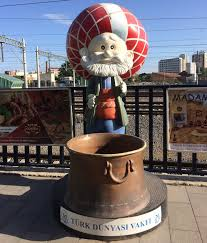
Above: Statue of Nasreddin Hoca (1208 – 1285), Eskişehir Train Station

Other influential writers from this period include Ahmet Haşim, Ziya Gökalp, Ömer Seyfettin, Peyami Safa, Kemalettin Tuğcu, and Eflatun Cem Güney.

Above: Turkish poet Ahmet Haşim (1887 – 1933)

Above: Turkish sociologist, writer, poet, and politician Ziya Gökalp (1876 – 1924)

Above: Turkish writer Ömer Seyfettin (1884 – 1920)

Above: Turkish writer / journalist Peyami Safa (1899 – 1961)

Above: Photo of Turkish writer Kemalettin Tuğcu (1902 – 1996)
Eflatun Cem Güney received the “Hans Christian Andersen Award”, “Andersen Honor Diploma” and “World Children’s Literature Honor Certificate” for his fairytale compilations.

Above: Turkish writer Eflatun Cem Güney (1896 – 1981)
During the 1970s, authors such as Aziz Nesin, Rıfat Ilgaz, Muzaffer İzgü, and Gülten Dayıoğlu began to introduce the notion of ‘suitability for children’.

Above: Turkish writer / humorist Aziz Nesin (1915 – 1995)

Above: Turkish writer Rıfat Ilgaz (1911 – 1993)

Above: Turkish writer / teacher Muzaffer İzğu (1933 – 2017)

Above: Turkish children’s writer Gülten Dayıoğlu (far left)
Can Göknil brought the art of painting to children’s literature.

Above: Turkish painter / writer Can Göknil
In 1978, UNESCO declared the following year International Year of the Child which encouraged some of the country’s most important literary figures – Yaşar Kemal, Orhan Kemal and Nâzım Hikmet – to publish works for children.


Above: Turkish-Kurdish author / human rights activist Yaşar Kemal (1923 – 2015)

Above: Turkish writer Orhan Kemal (1914 – 1970)

Above: Turkish poet / writer Nâzim Hikmet
The first children’s publishing house, Mavi Bulut Yayınları was founded in the 1980s by author Fatih Erdoğan.

Above: Turkish writer Fatih Erdoğan
This was a fascinating period when significant writers such as Yalvaç Ural, Behiç Ak and Sevim Ak started producing books.

Above: Turkish writer Yalvaç Ural

Above: Turkish cartoonist / writer / film director Behiç Ak

Above: Turkish writer chemical engineer Sevim Ak
In the 1990s, the children’s publishing industry in Turkey began to develop, with an increase in the number of writers and books.
More publishing houses also became involved with children’s literature, investing both intellectually and financially.
One of the most significant of these was Günışığı Kitaplığı.
The writers, illustrators and editors that this publishing house brought to the industry offered a new perspective on children’s literature.

With their wide range of titles and content, other noteworthy presses from this time are: Mavi Bulut, Can Çocuk Yayınları, Altın Kitaplar, Doğan Egmont, Tudem Publishing Group, Timaş Publications, Nesin Publications, İthaki Child, İletişim Child, Word Publications, Redhouse Kids, Dinozor Child.
Here is a summary of some books that have already been translated into English.
The Red Apple is a lyrical story about a cute bunny looking for ways to fill his stomach on a cold winter day.
He cooperates with other animals in the forest to reach the red apple.

A Friend in Winter starts with Leo the Cat who is bored.
He lives in a wooden house on the edge of the forest and this tale evolves into a beautiful story of friendship.

Based on an exciting gift a little boy received from his grandfather when he started primary school, Grandpa’s Book of Daydreams establishes a dialogue with the reader using some blank pages and unpainted sketches, giving space for the reader to add their own dreams to the little’s boy’s grandfather’s notebook of daydreams.

The King of Seasons’ Birthday is celebrated every year on the first day of Autumn.
He takes off his paints and starts working to celebrate his birthday. He has to draw Autumn and change all summer colours.
However, the King can’t do it, probably because someone doesn’t want the summer to end.

My Grandad’s Magical Wardrobe is a fascinating illustrated story based on the meeting of a boy who lost his grandfather meeting with his new grandfather.

Three Cats, One Wish tells the heart-warming adventures of three very different friends, Piti, Pati and Pus.
The book emphasizes the importance of working together to achieve a dream.

A Wonderful Day in Istanbul tells the story of three friends and their cat, who stroll the streets of Istanbul to show the city to their friends from abroad, taking children on a beautiful historical journey.

My Grandpa’s Grocery Store is a story full of fun facts from a child’s mind.
The funny anecdotes of a small-town girl who dreams of making a big commercial breakthrough in her grandfather’s grocery store.

The Beyoğlu Adventure takes place in one of the oldest districts of Istanbul.
Along with his dog Bilgin, knowledge hunter Sinan’s mission becomes an adventure thanks to the Password Pirates, taking readers to historical places on the streets of Beyoğlu.
The book, which is a work of art with beautiful illustrations, has an interactive structure, inviting its readers to decipher the codes hidden in the story.

During the week of Children’s Day, children stay with Turkish families and interact with the Turkish children and learn about each other’s countries and cultures.
And how better to learn than to compare children’s literature?

I think of Ivana Brlić-Mažuranić (18 April 1874 – 1938) was a Croatian writer, praised as the best Croatian writer for children.
On 15 August 1891 , Ivana Mažuranić and Vatroslav Brlić, lawyer and politician, got engaged.
Their wedding was on 18 April 1892, on Ivan’s 18th birthday, in the Church of St. Brand.
After the wedding, Ivana moved with her husband to Brod na Sava (today Slavonski Brod), where she lived most of her life, which she devoted to her family, education and literary work.
As a mother of seven children, she had the opportunity to become familiar with children’s psyche, and thus understand the purity and naivety of their world.

Above: Ivana Brlić-Mažuranić
Ivana Brlić-Mažuranić started writing poetry, diaries and essays rather early, but her works were not published until the beginning of the 20th century.
Her stories and articles, like the series of educational articles under the name “School and Holidays” started to be published more regularly in the journals after the year 1903.
It was in 1913 when her book The Marvelous Adventures and Misadventures of Hlapić the Apprentice (also known as The Brave Adventures of Lapitch / Čudnovate zgode šegrta Hlapića) was published that really caught the literary public’s eye.
In the story, the poor apprentice Hlapić accidentally finds his master’s lost daughter as his luck turns for the better.
A poor young orphan called Lapitch works as the apprentice for the Scowlers – a mean-mannered shoemaker, and his kind-hearted wife.
After Master Scowler blames him for the wrong size of a customer’s shoes, Lapitch leaves a note and runs away from home.
Later joined by Bundaš, the Scowlers’ dog, he sets off on a seven-day adventure, during which he meets Gita, a circus performer, and encounters a local thief known as the Black Man and his henchman named Grga.

Her book Croatian Tales of Long Ago (Priče iz davnine), published in 1916, is among the most popular today in large part because of its adaptation into a computerized interactive fiction product by Helena Bulaja in 2006.
In the book Mažuranić created a series of new fairy tales, but using names and motifs from the Slavic mythology of Croats.
It was this that earned her comparisons to Hans Christian Andersen and Tolkien who also wrote completely new stories but based in some elements of real mythology.

Above: Danish writer Hans Christian Andersen (1805 – 1875)

Above: English writer / philologist John Ronald Reuel (J. R. R.) Tolkien (1892 – 1973)
Croatian Tales of Long Ago (Priče iz davnine / “Stories from Ancient Times“), is a short story collection her masterpiece and features a series of newly written fairy tales heavily inspired by motifs taken from ancient Slavic mythology of pre-Christian Croatia.
The following is the list of original titles followed by English titles as translated by Copeland (stories missing from the English version are marked with the † symbol):
- Kako je Potjeh tražio istinu (How Quest Sought the Truth)
- Ribar Palunko i njegova žena (Fisherman Plunk and His Wife)
- Regoč (Reygoch)
- Šuma Striborova (Stribor’s Forest)
- Bratac Jaglenac i sestrica Rutvica (Little Brother Primrose and Sister Lavender)
- Lutonjica Toporko i devet župančića †
- Sunce djever i Neva Nevičica (Bridesman Sun and Bride Bridekins)
- Jagor †

“The environment exerted the strongest influence on my sensitive child’s soul.
The first conscious feeling that arose in me in my parents’ house was love for the Croatian homeland.
When my parents finally moved to Zagreb in 1882, the impression (and all other impressions of my parents’ home) increased even more by staying in my grandfather’s house every day, poet and Ban Ivan Mažuranić.
Of course, I should mention that before (when I was 4 and 5 years old) I visited my grandfather in Banski dvori on Markovo trg with my parents.
Although life in the Ban Palace brought a lot of things that greatly occupied the interest of such a young child, I still clearly and particularly clearly remember the person of my grandfather from that age.
But his real influence on me only started at the time I want to talk about, when we moved to Zagreb.
In my grandfather’s home, his extended family met every evening, so that 15-18 people would always sit at the table.
The table was chaired by Grandfather himself, he led the conversations, and his physically and mentally powerful presence had an unfathomable influence on my being – the strict patriarchal spirit made any rapprochement with Grandfather impossible.
Nevertheless, during these four years (from the age of 12 to 16) that I was attached to his desk, I developed under the impression of his great appearance my whole being as it is now.
Every word of his, every debate (he was happy to engage in debates and did not let the subject fall until he was exhausted) was sublime in mind, and even more sublime in that purity and rigor of ethical views with which it seems that this mighty old man permeated all his surroundings, all his home, all his knee.”
(Ivana Brlić-Mažuranić)

Above: The house where Ivana Brlić Mažuranić lived and worked in Slavonski Brod
Brlić-Mažuranić was nominated for the Nobel Prize in Literature four times – in 1931 and 1935 she was nominated by the historian Gabriel Manojlović, and in 1937 and 1938 he was joined by the philosopher Albert Bazala, both based in Zagreb.

In 1937 she also became the first woman accepted as a Corresponding Member into the Yugoslav Academy of Sciences and Arts.

Above: Croatian Academy of Sciences and Arts, Zagreb, Croatia
She was awarded the Order of Saint Sava.

Above: The Order of Saint Sava medal
Her books of novels and fairy tales for children, originally intended to educate her own, have been translated into nearly all European languages.
Highly regarded and valued by both national and foreign literary critics, she obtained the title of Croatian Andersen.
After a long battle with depression, she committed suicide on 21 September 1938 in Zagreb.
She is buried in Mirogoj Cemetery in Zagreb.

Above: The grave of Ivana Brlić Mažuranić
I cannot claim to comprehend depression nor can I condemn those who are in such physical and / or psychological pain that the ending of their own lives seems to them like a release from their suffering and sorrow.
I only have a sense that somehow the world has failed them.

Above: Édouard Manet – Le Suicidé (1877)
What I do believe is that how we develop as children moulds us into the adults we eventually become.
Part of that formation is the mythologies and ideologies, the hopes and dreams, the facts of life and the tales of fiction that we expose them to.
I think in many cases our approach in forming our future generations is failing them.
We need to teach them how to think for themselves, how to love all humanity, how to live life joyfully.
Indoctrination and oppression only creates robots or rebels, neither of which is good for a nation or for the world.
We need to encourage free expression so the interchange of ideas is possible.
If a government is doing well by its people it needs not view dissent as a threat but rather as a challenge to better itself.
Censor that which is destructive but encourage debate and discussion whenever possible.
Make men out of boys and women from girls by encouraging them to read books, instead of causing them to seek solace by isolating themselves from the world with eyes glued to phone screens and ears plugged into iPods.

I firmly believe that chidren’s literature plays a crucial role in the formation of our future and the development of children into healthy and happy fully-functioning adults.
Teach them a love of literature and the adventure of intellectual and emotional discovery.
Let them naturally fall in love with the poetry and prose of their nation.
Let them curiously compare Orhan Veli and Nasrettin Hoca with the literature of La Fontaine, the artistry of Andersen and the brittle brilliance of Brlić-Mažuranić.
Let us encourage poets and musicians, essayists and novelists to write children’s literature.
Children need wholesome stories in the same way that they need fibre and fruit.
Just as there has been a concerted effort to reintroduce children to the benefits of exercise and decent nutrition, there needs to be a battle to engage the hearts and minds of children with the joy and adventure of reading.

Despite the grumbling that Turks do when they consider their spiralling economy, Türkiye still has the 18th-largest economy in the world and the 7th-largest economy in Europe.
It also ranks as the 11th-largest in the world and the 5th-largest in Europe.
According to the IMF, Turkey has an upper-middle income, mixed-market, emerging economy.
Türkiye has often been defined as a newly industrialized country since the turn of the 21st century.
The country is the 4th most visited destination in the world and has over 1,500 R & D centres established both by multinational and national firms.
Türkiye is among the world’s leading producers of agricultural products, textiles, motor vehicles, transportation equipment, construction materials, consumer electronics, and home appliances.
It is a culture of plenty.
Most people in Türkiye have plenty of food, decent accommodation as well as education, health, recreation and entertainment facilities that would astonish our ancestors and is the envy of other nations.
And yet Türkiye, much like the economic powerhouse nations of the West, seems determined to squander these gifts.

Our children are bored witless despite a plethora of entertainment options that someone born just a generation ago can only marvel at.
As recently as the 1970s who could have predicted digital TV or the rise of Internet games where hundreds of thousands of players compete without ever meeting – without even being on the same continent?
We have Wii, PSP, Nintendo, giant plasma screen HD TVs and computer games to suit every taste and yet…
Many children are restless and dissatisfied while their parents, overworked and overfocused on consumerism, are consequently frustrated and cross.
Part of the problem is that a lot of the entertainment choices pushed at children are junk, the equivalent of a non-stop diet of pop and sweets.
A good book can show them that life is much more enriching, much more fulfilling, much more thrilling than anything electronics can produce.
Reading might seem hard work when compared with sitting in front of a television or a game console all day, but for the mind and heart and soul and spirit reading is far more rewarding.
The modern world is loud and bright and children have access to unlimited entertainment.
Reading can offer a rare and vital moment of peace and reflection.
Let me see children playing outside and reading in libraries and I promise you a land of future happiness.
“When you’re happy, the sun is chasing you.“
(Ivana Brlić-Mažuranić)

“Oh, grown-ups cannot understand
And grown-ups never will
How short the way to fairy land
Across the purple hill.”
(Alfred Noyes)

Above: English poet Alfred Noyes (1880 – 1958)
Children like to read about other children, not adults.
Children’s writers need to make the heroes children.
Children’s writers need to make sure they solve the mysteries and overcome the odds on their own rather than with adult help.
Children need a day to play with children not to pretend to be adults.

I want to rediscover the boy inside the man.
If I can’t find a favourite children’s book then I will learn how to write one.
There will always be children who will always need children’s books.
There will always be adults who will need to rediscover the joy and wonder of childhood.

So long so long so long he’s been away
So long so long so long he’s back again
When I turned seventeen
We had passion, we had dreams
Thought the love we were fighting for
Was something holy, something more
When I turned twenty-one
We were outside on the run
When I walked out with my girl
We went halfway around the world
I dreamed I saw her standing there
Running for the boy inside the man
I was hit hard by the light so bright it burned
All at once I knеw she’d understand
Boy inside thе man
The boy inside the man
When I turned twenty-five
We were hungry, we had drive
When I turned much older then
When the boy was lost in pride
Now I just turned thirty-one
I have lost and I have won
Still I’ve kept my dreams alive
‘Cause the boy will never die
I dreamed I saw her standing there
Running for the boy inside the man
I was hit hard by the light so bright it burned
All at once I knew she’d understand
Boy inside the man
The boy inside the man
When I turned twenty-five
We were hungry, we had drive
When I turned much older then
When the boy was lost in pride
Ah do you understand
I dreamed I saw her standing there
Running for the boy inside the man
I was hit hard by the light so bright it burned
All at once I knew she’d understand
Boy inside the man
The boy inside the man
When I turned twenty-five
We were hungry, we had drive
When I turned much older then
When the boy was lost in pride
The boy inside the man
The boy inside the man
So long so long so long
You been away
So long so long so long
You’re back again
Sister cool this face
As if it’s carved in stone
Don’t leave me in this place
Like a boy without a home
Like a boy without a home
Boy inside the man

Above: Two parents and a child: the statue Family in the garden of the Palace of Nations (United Nations Office at Geneva, Switzerland) is a commemoration of the International Year of the Child (1979).
Sources
Wikipedia
Google Photos
How to Be a Writer, Stewart Ferris
“An Overview of Children’s Literature in Turkey”, worldkidlit.org, Gulşah Özdemir Koryürek
Get Started in Creative Writing, Stephen May










